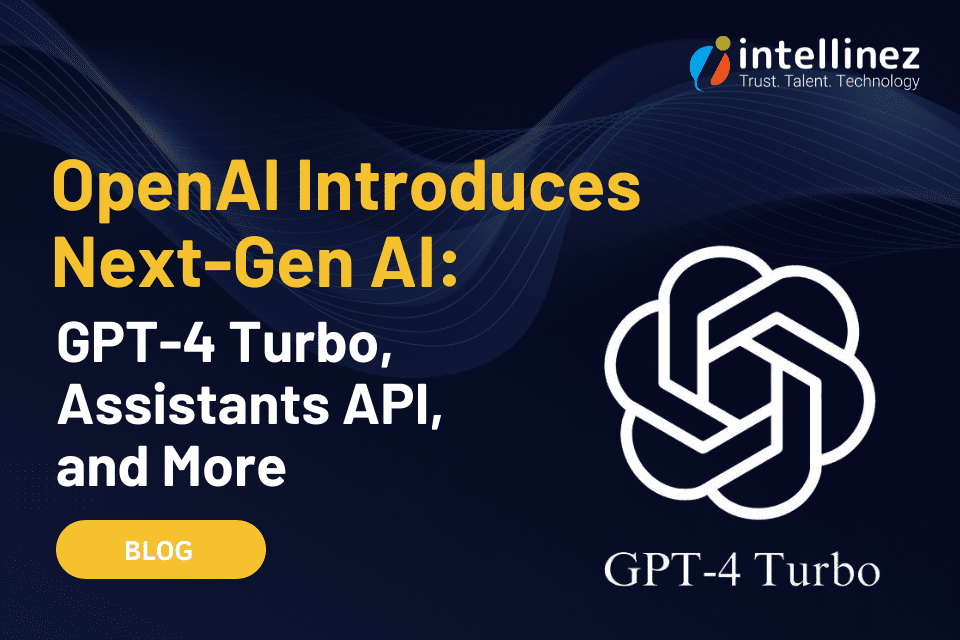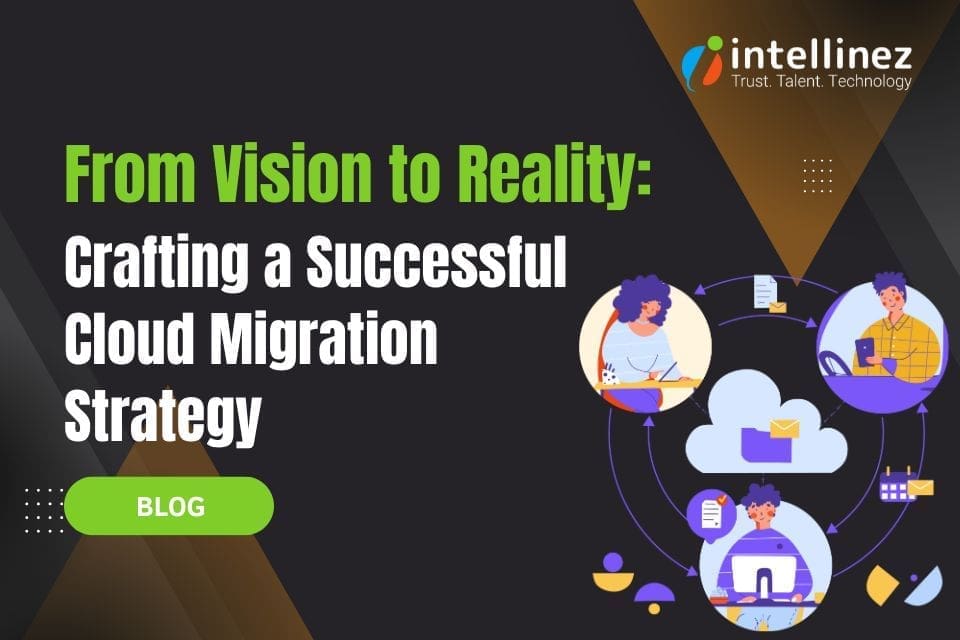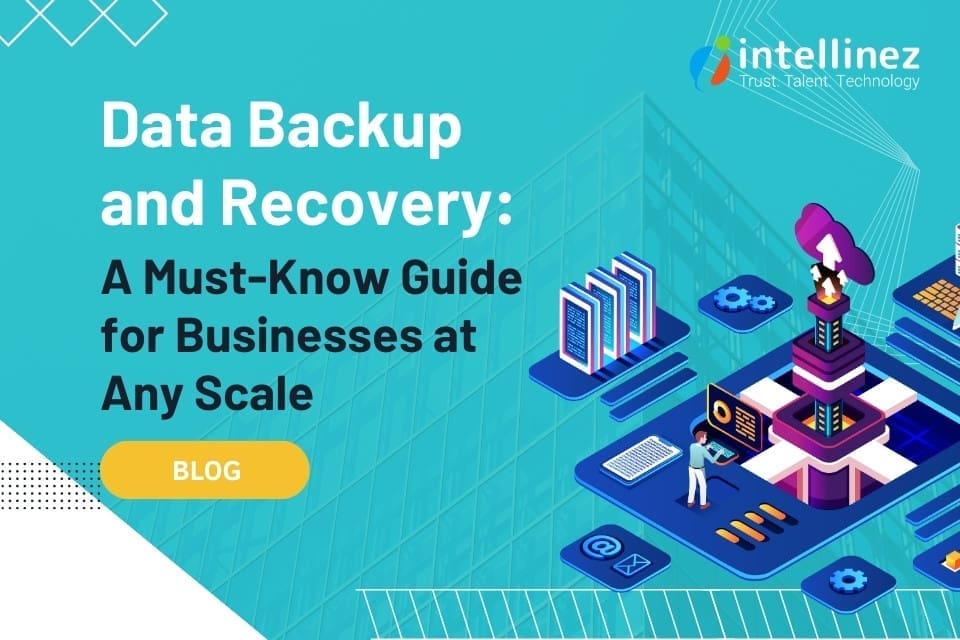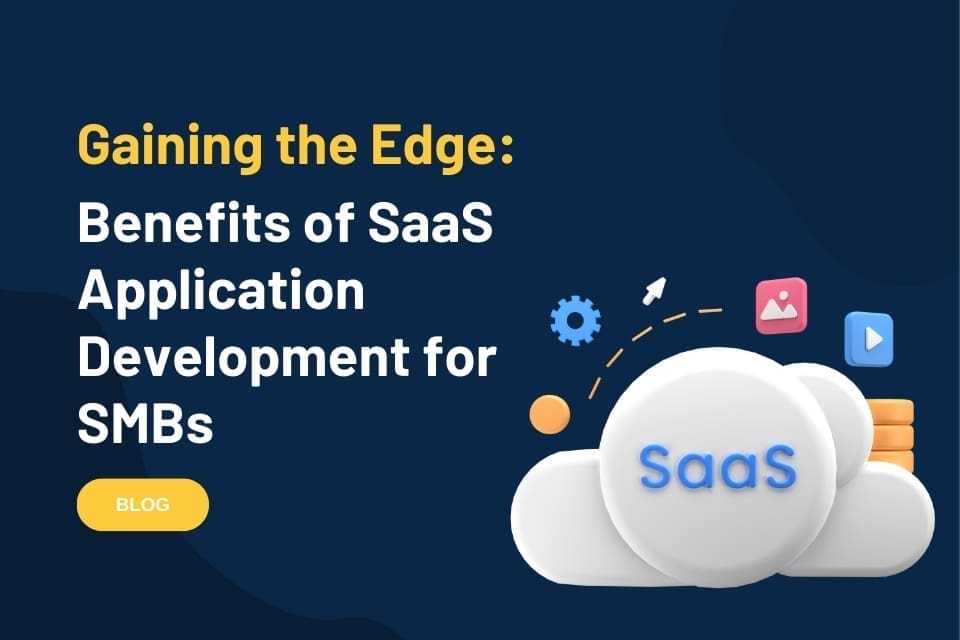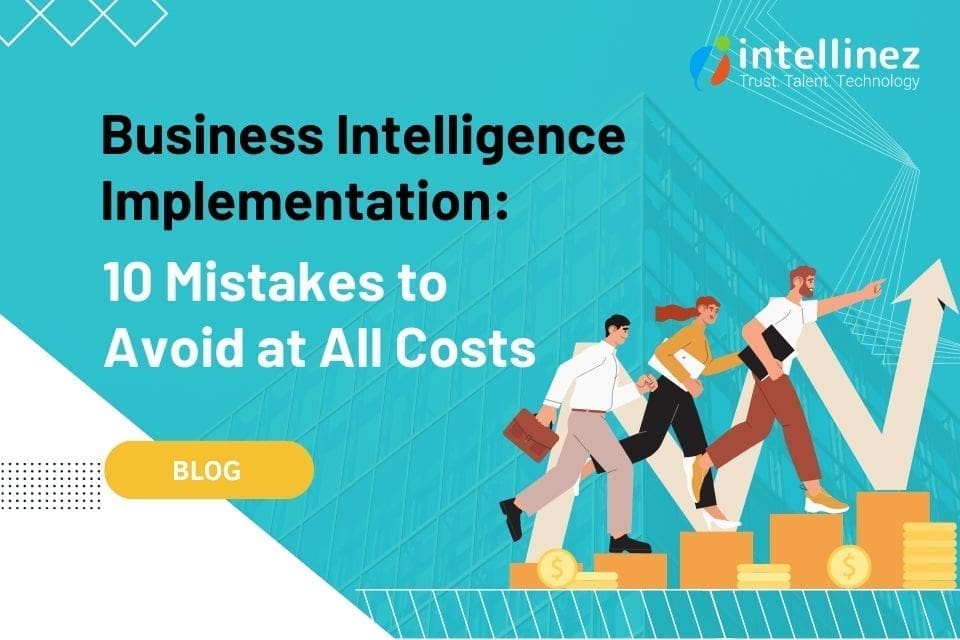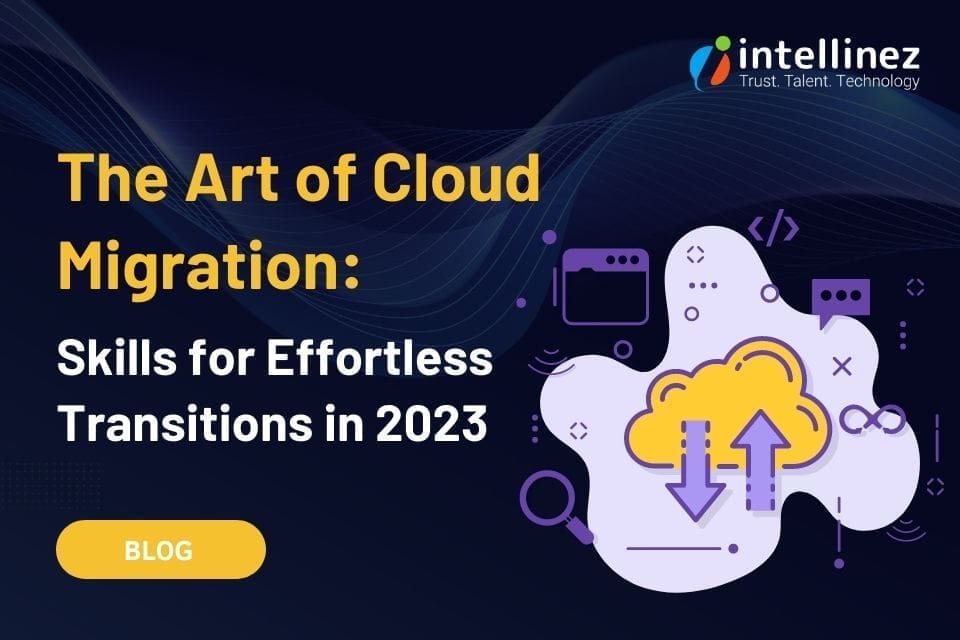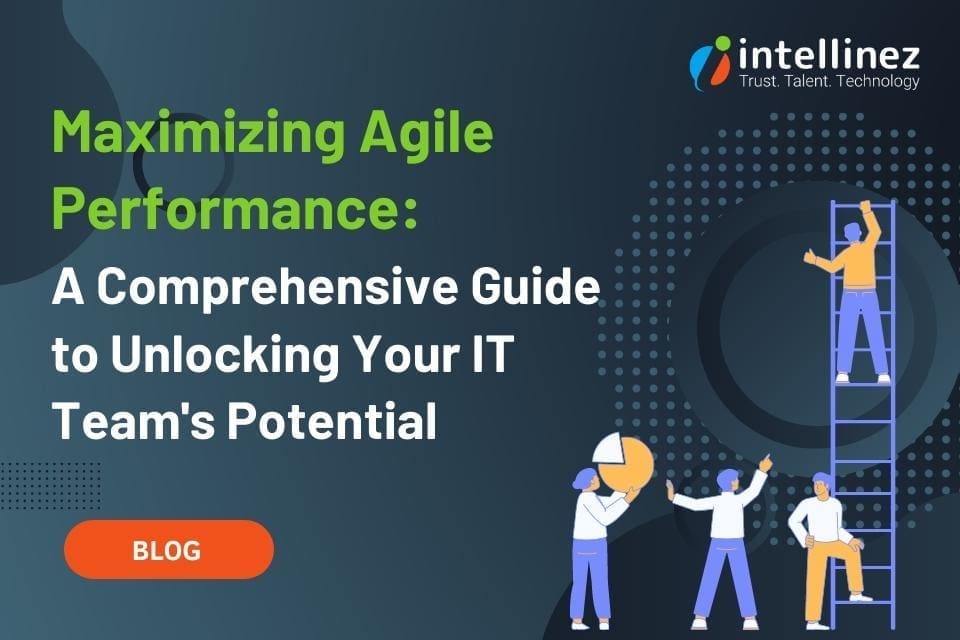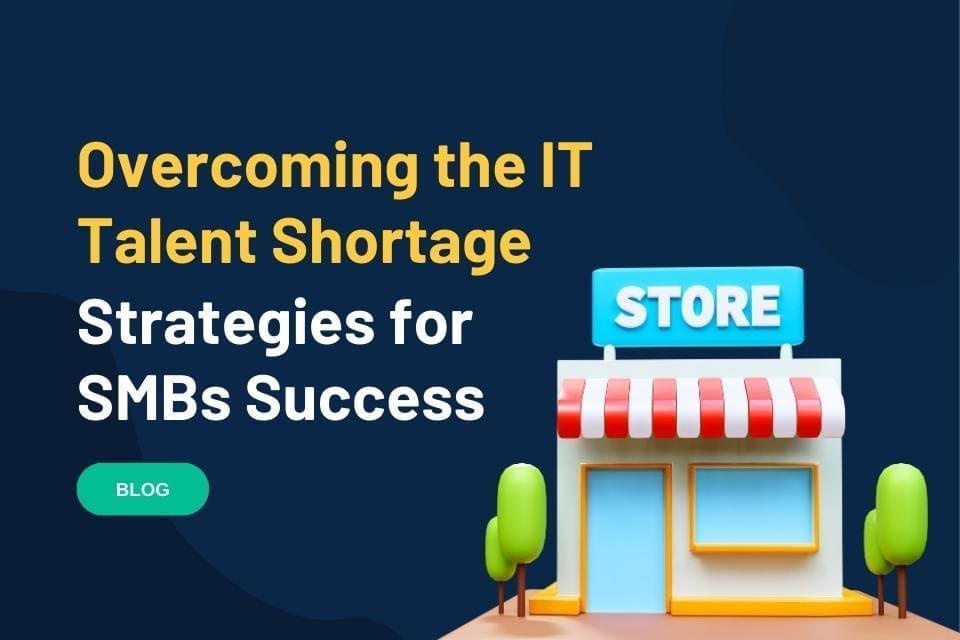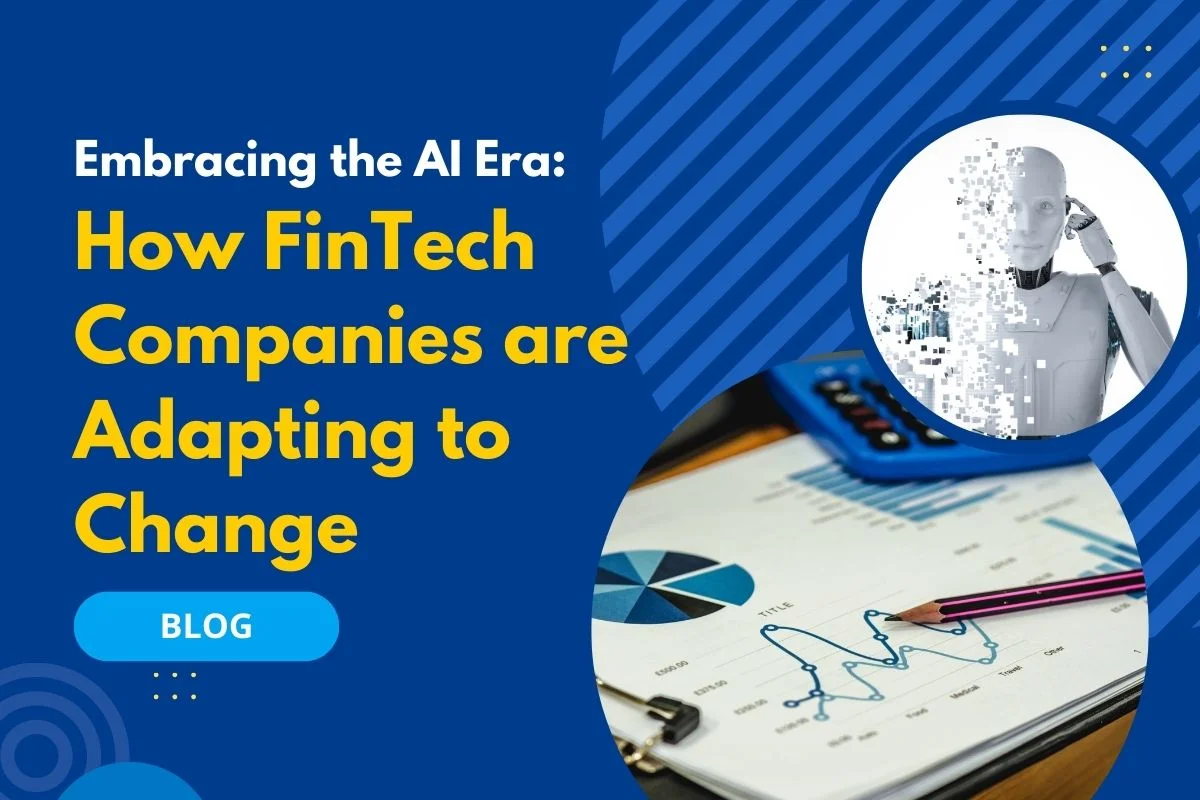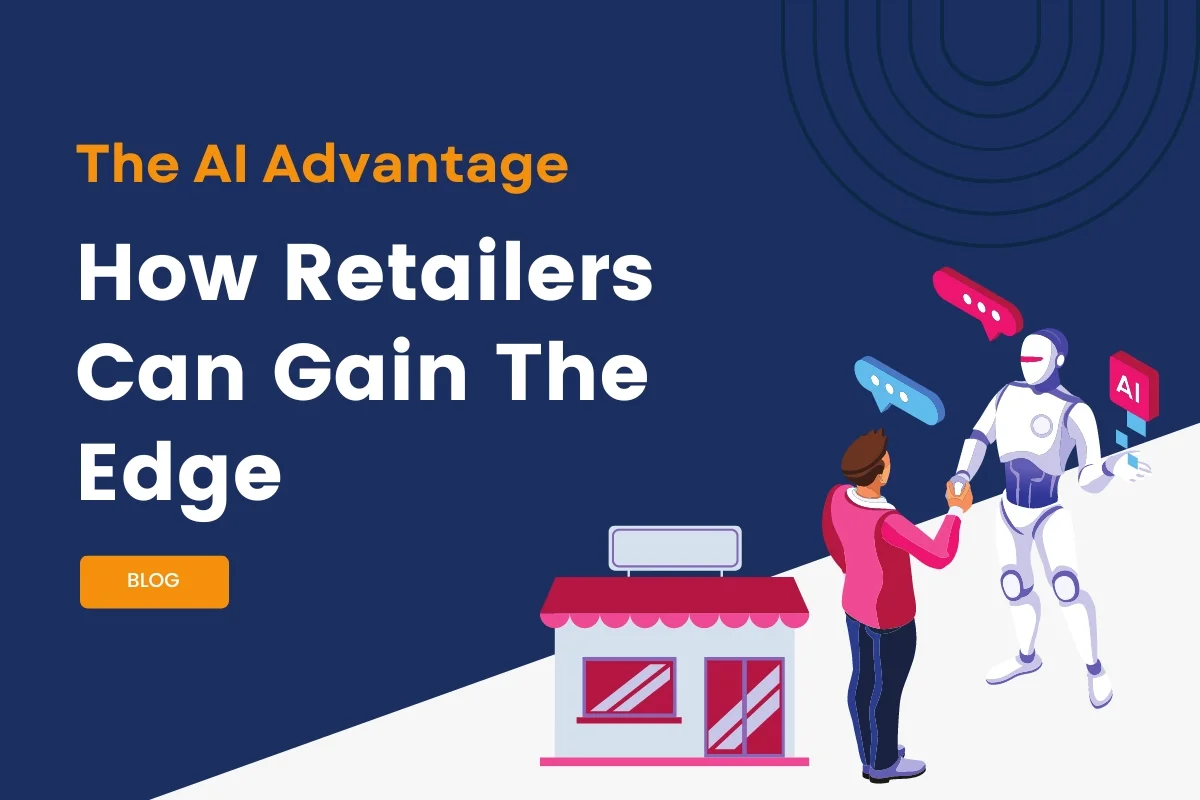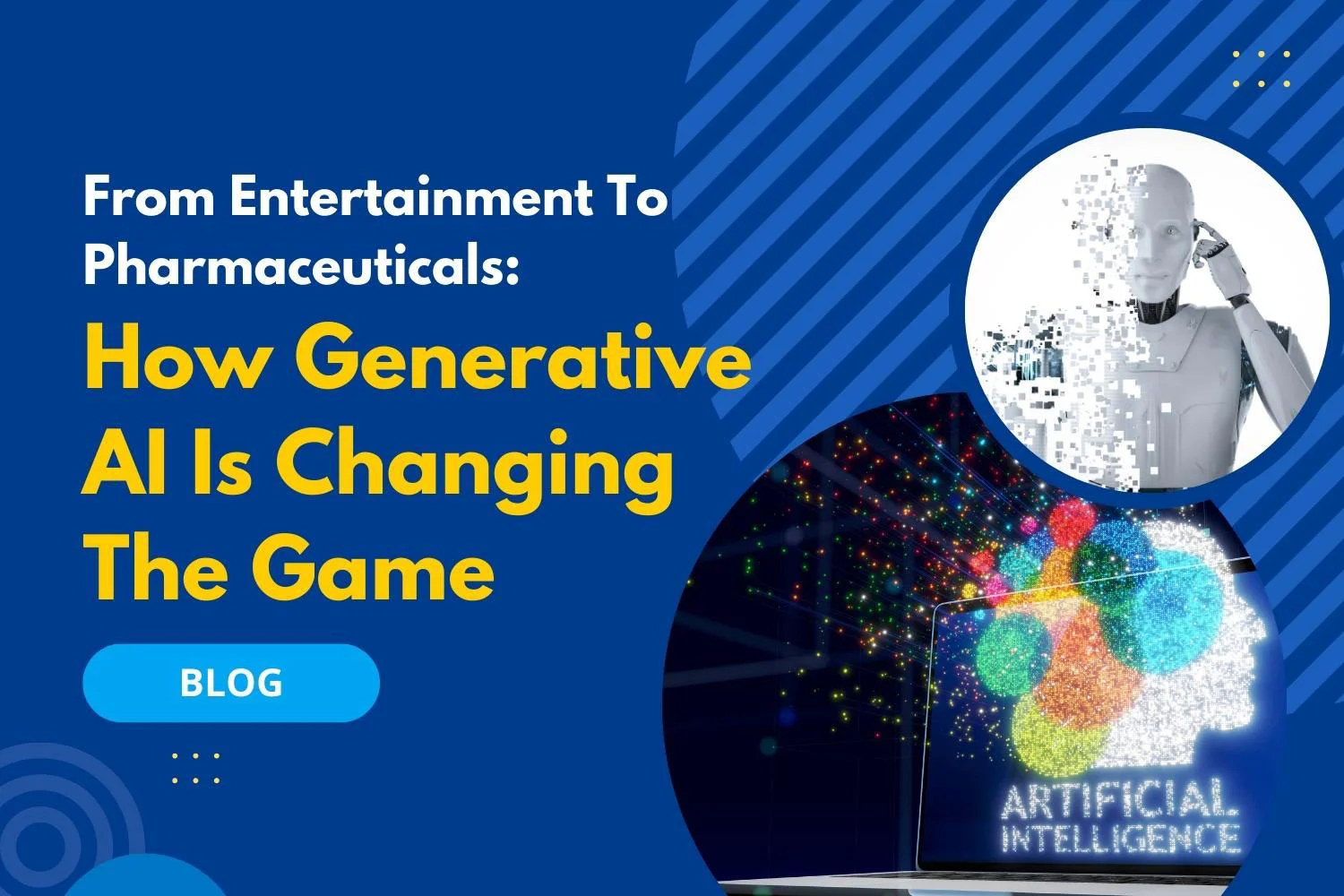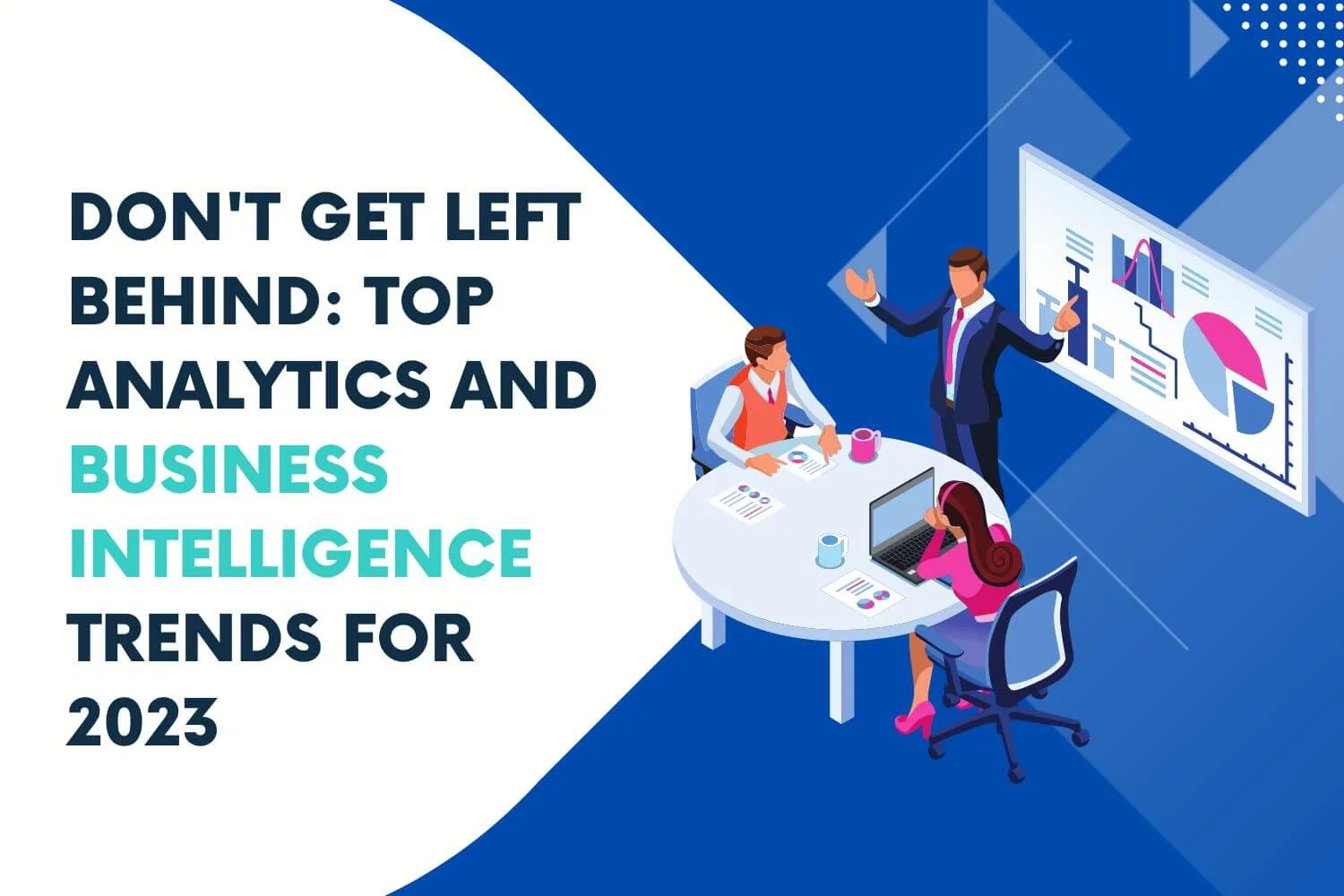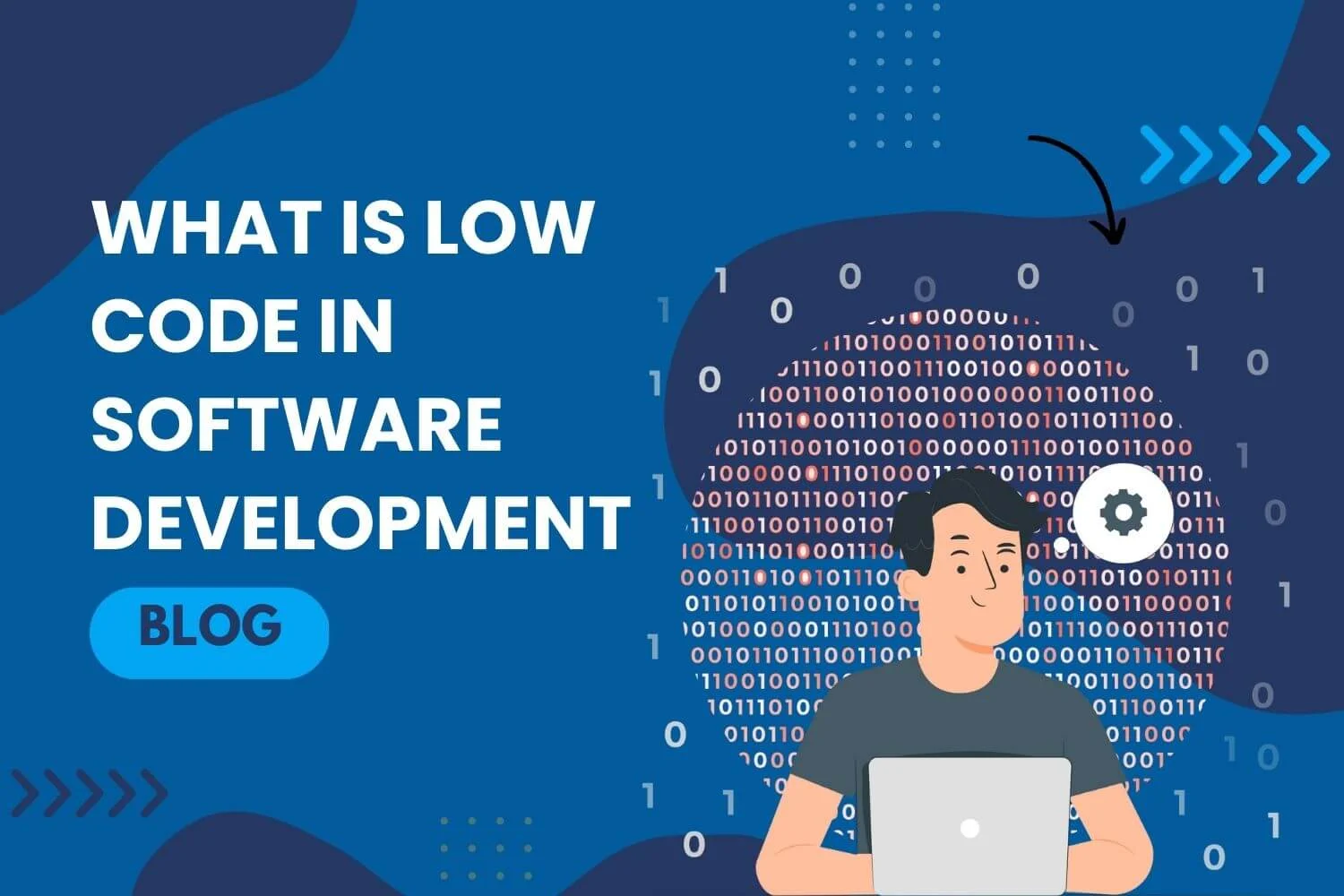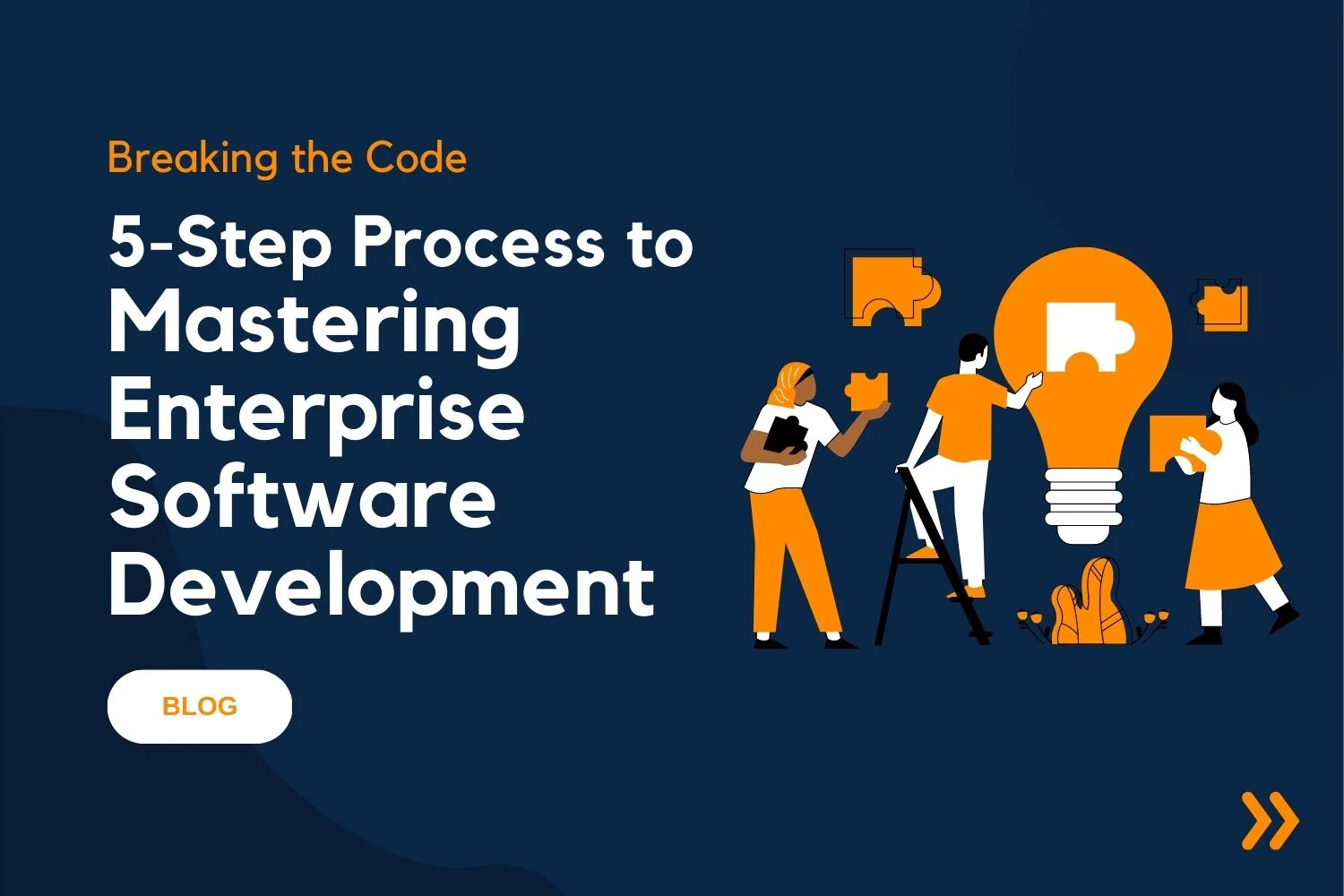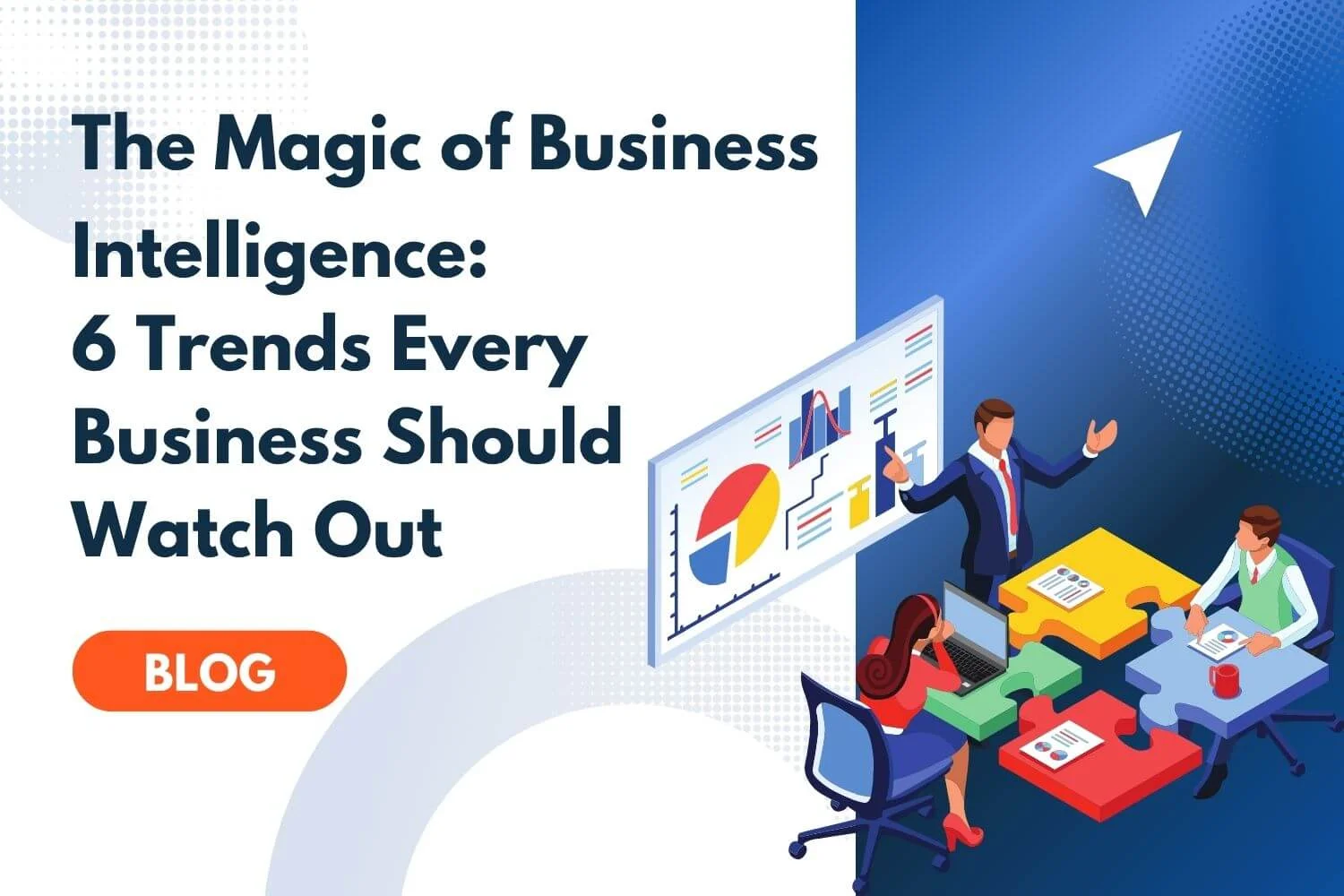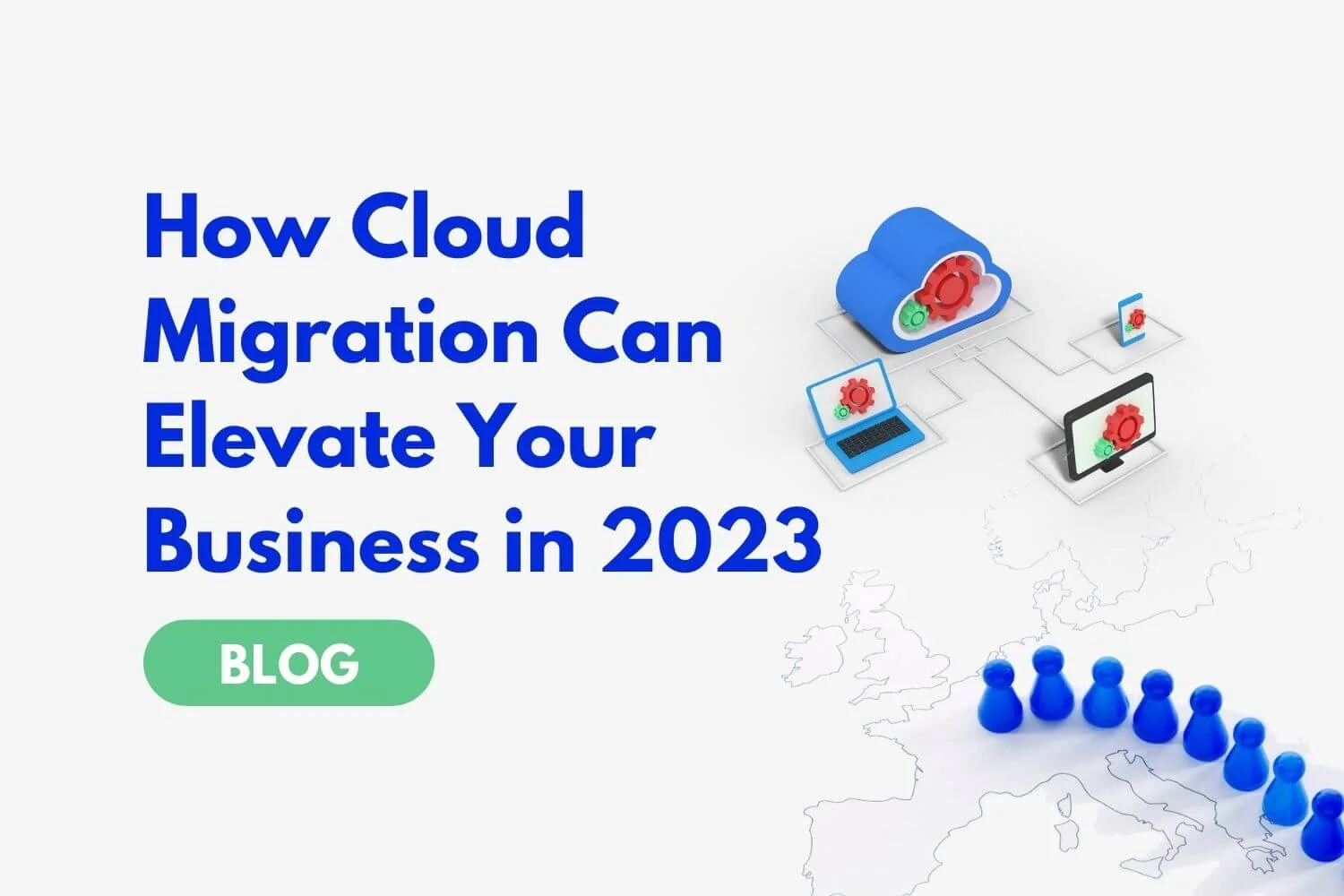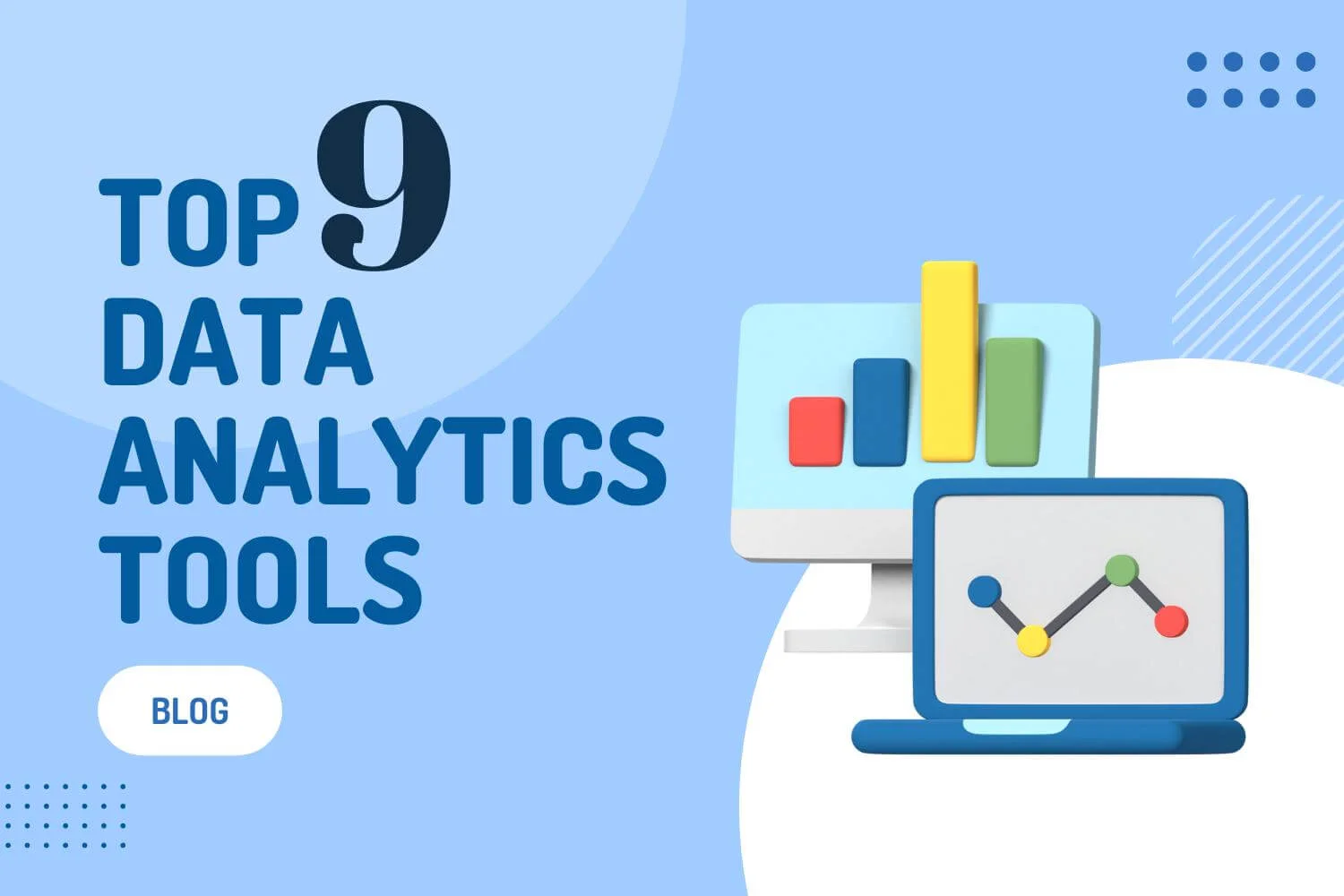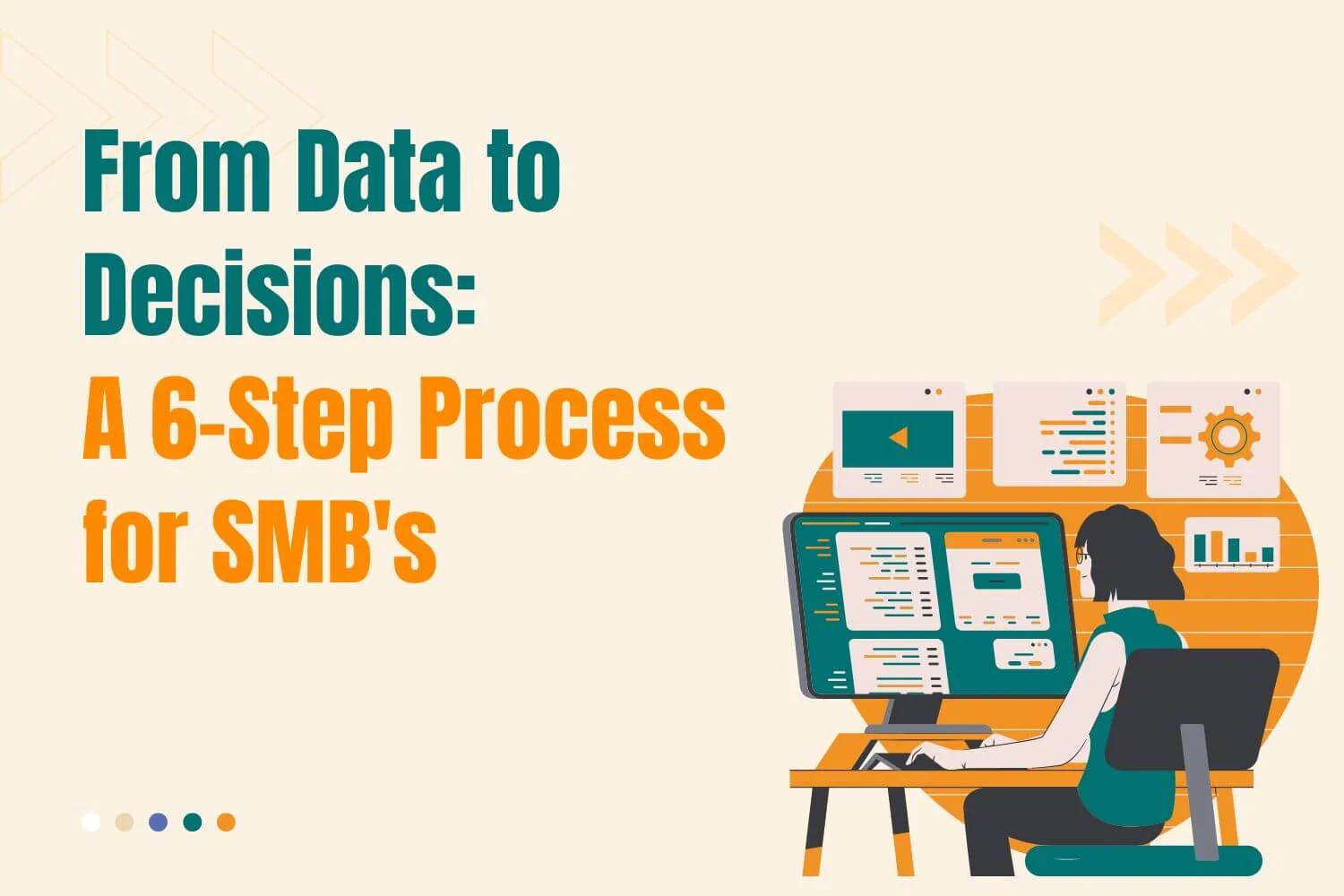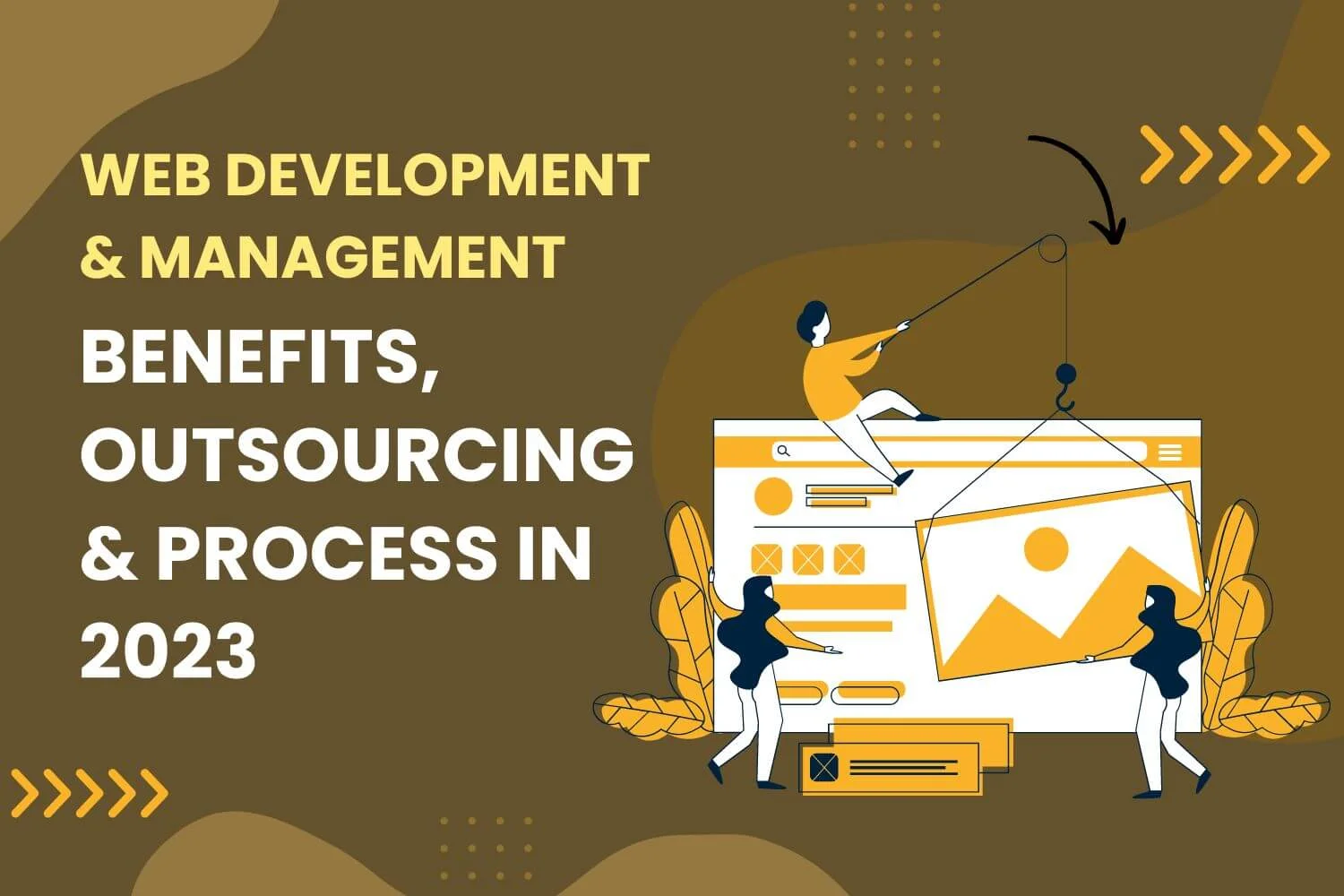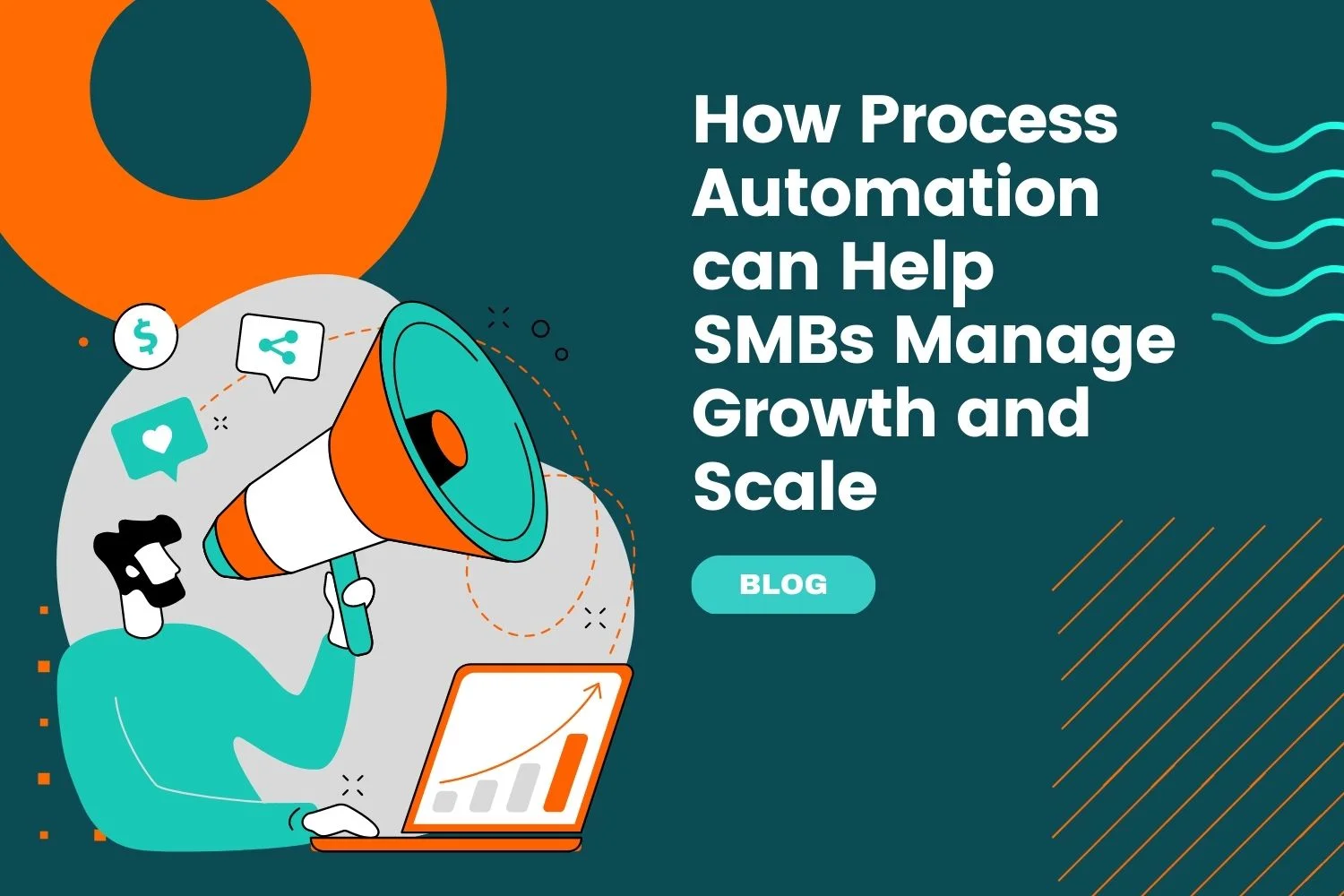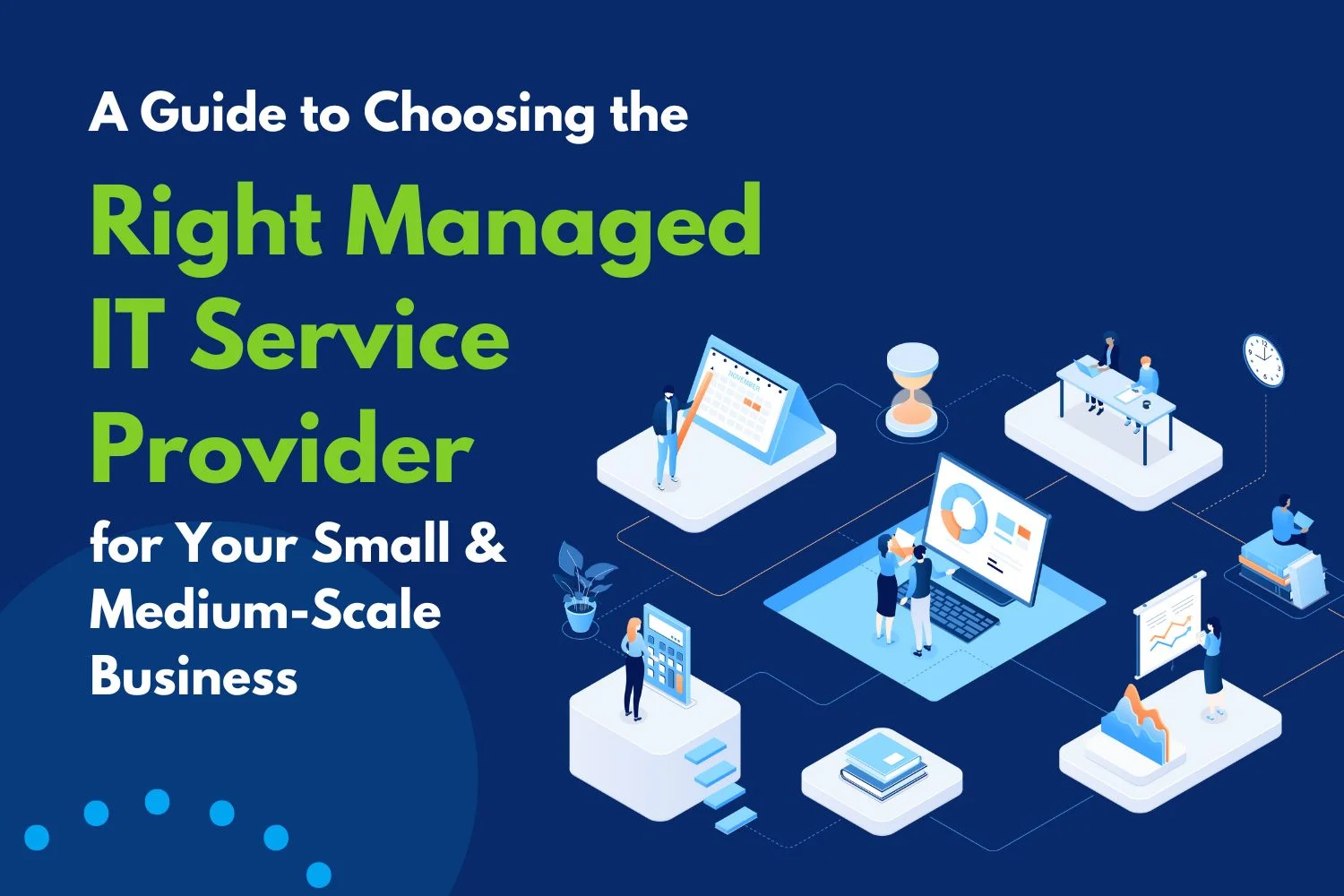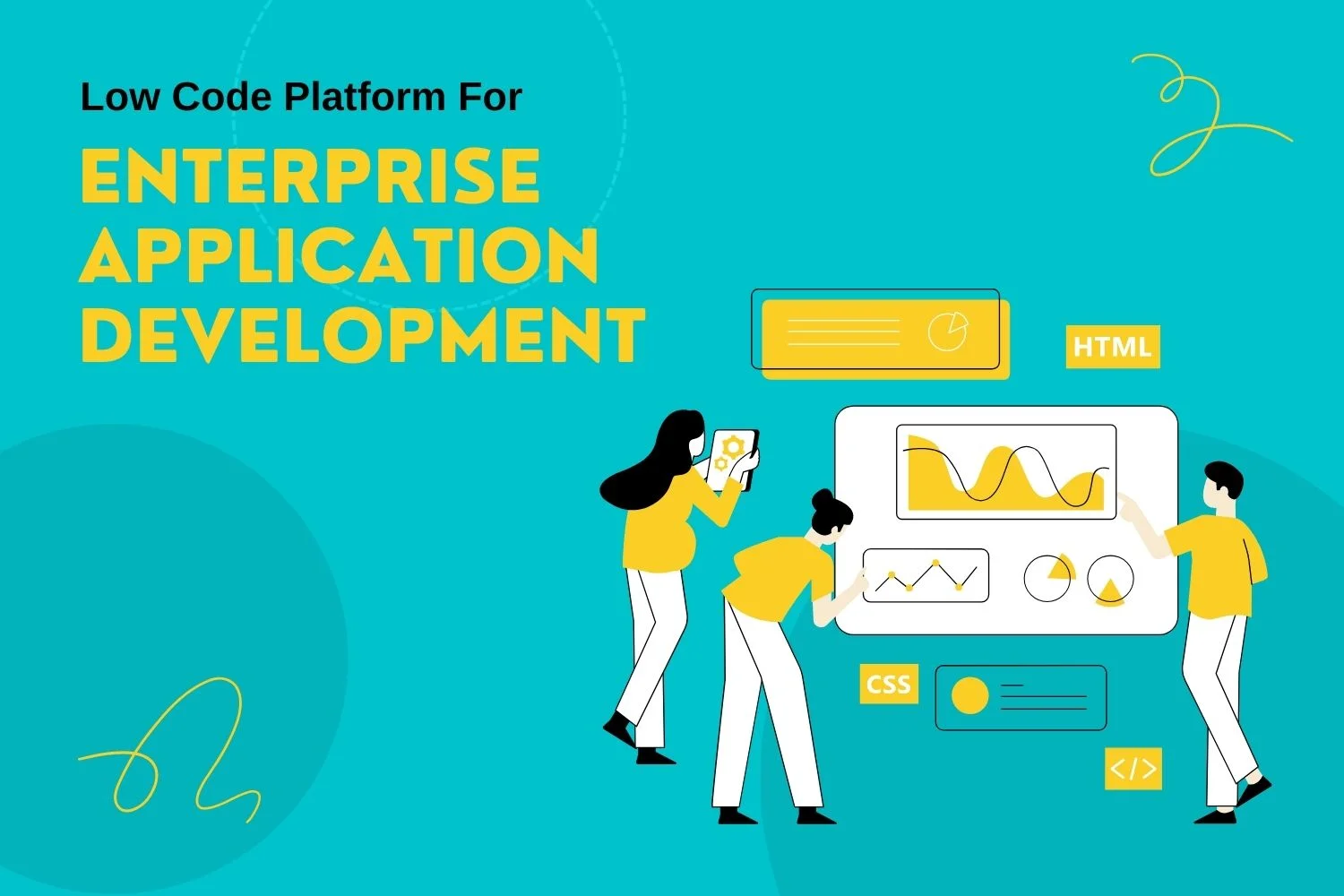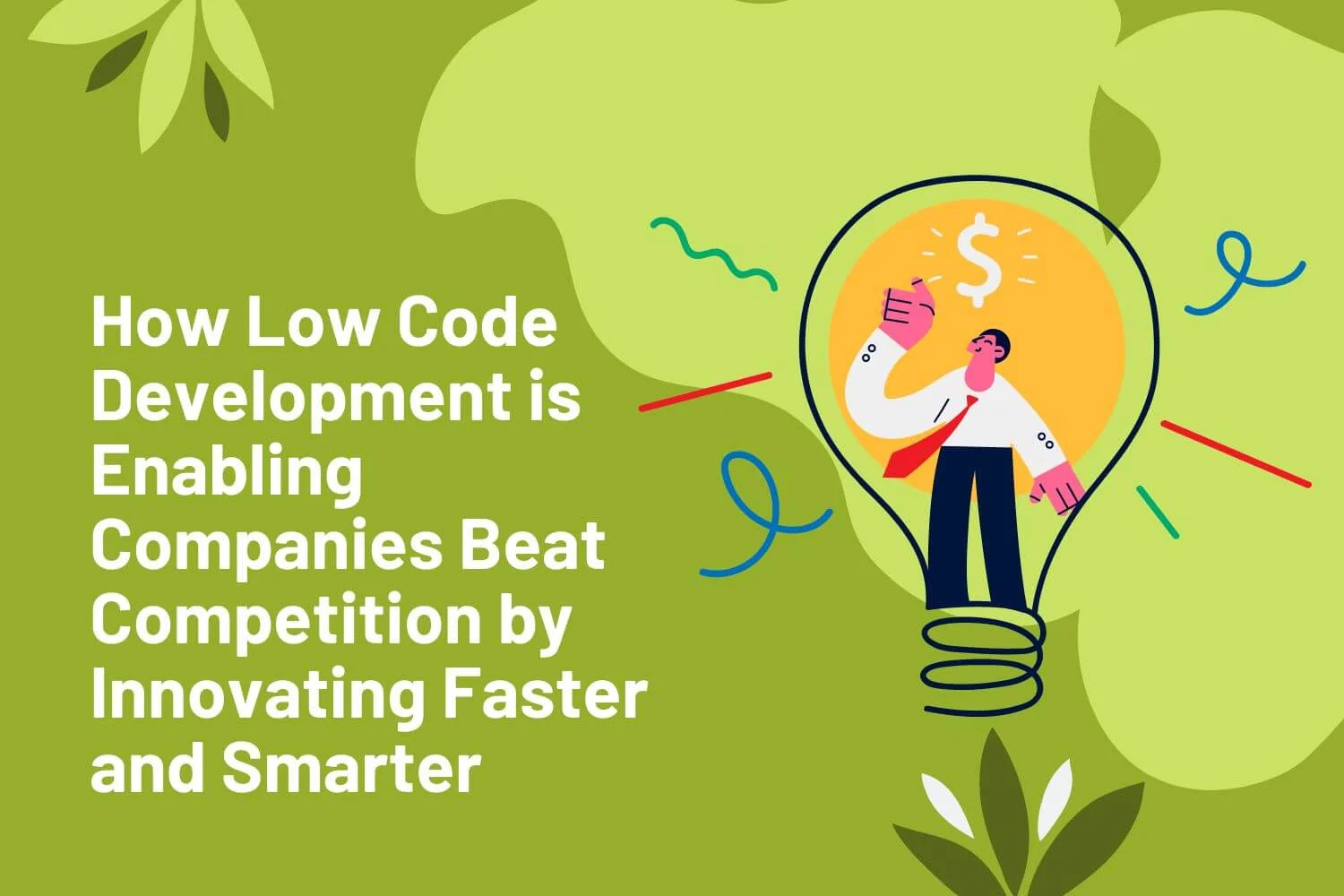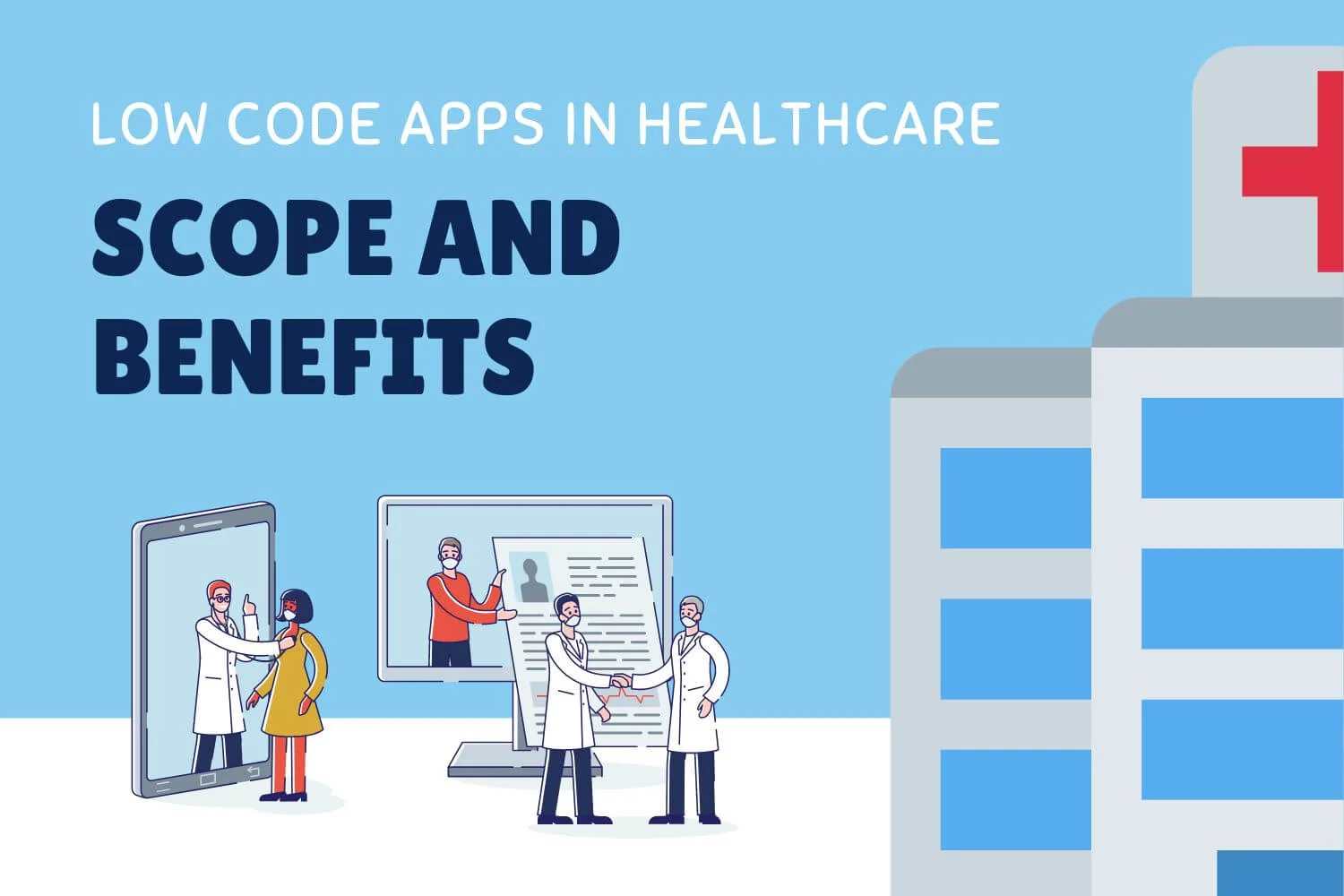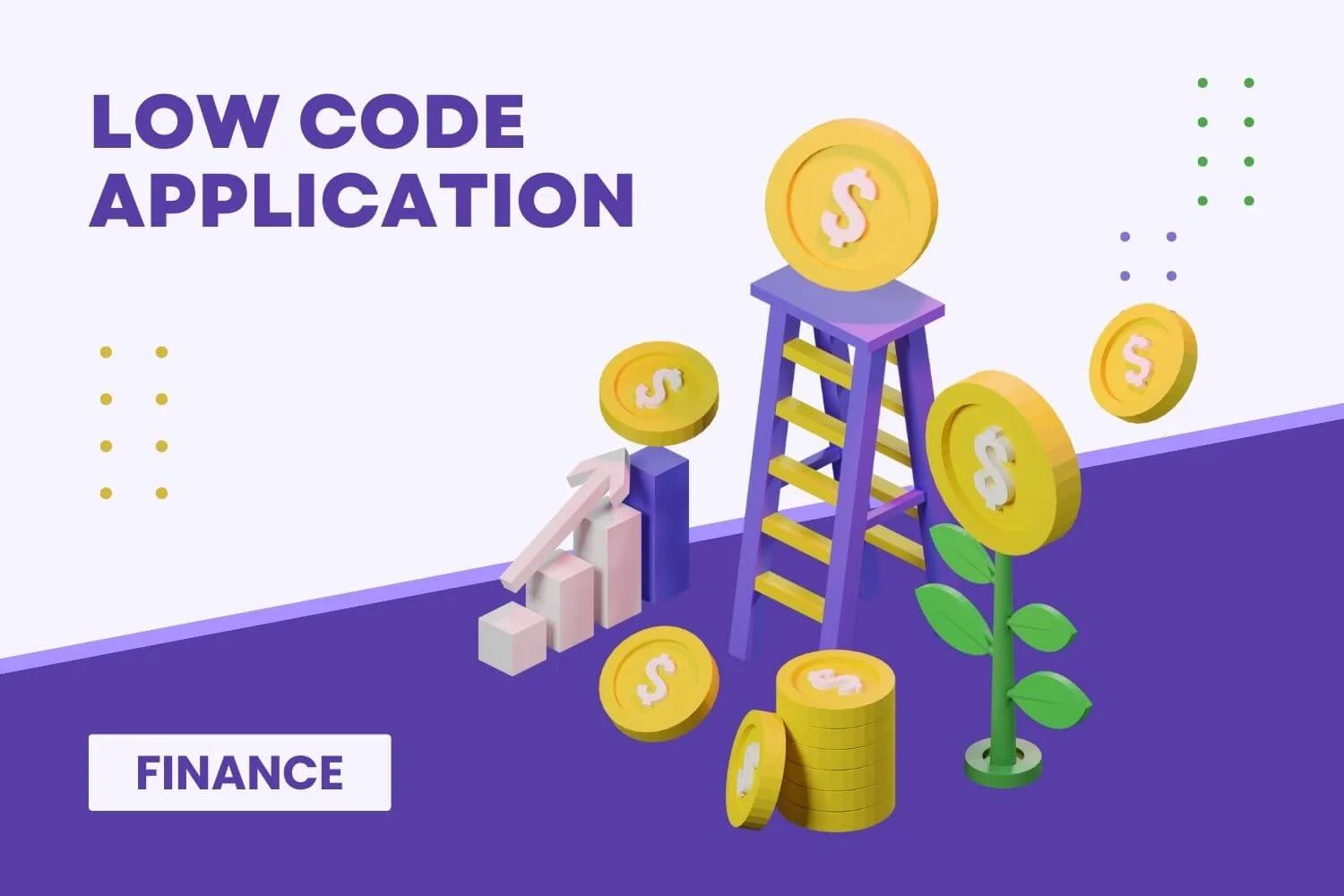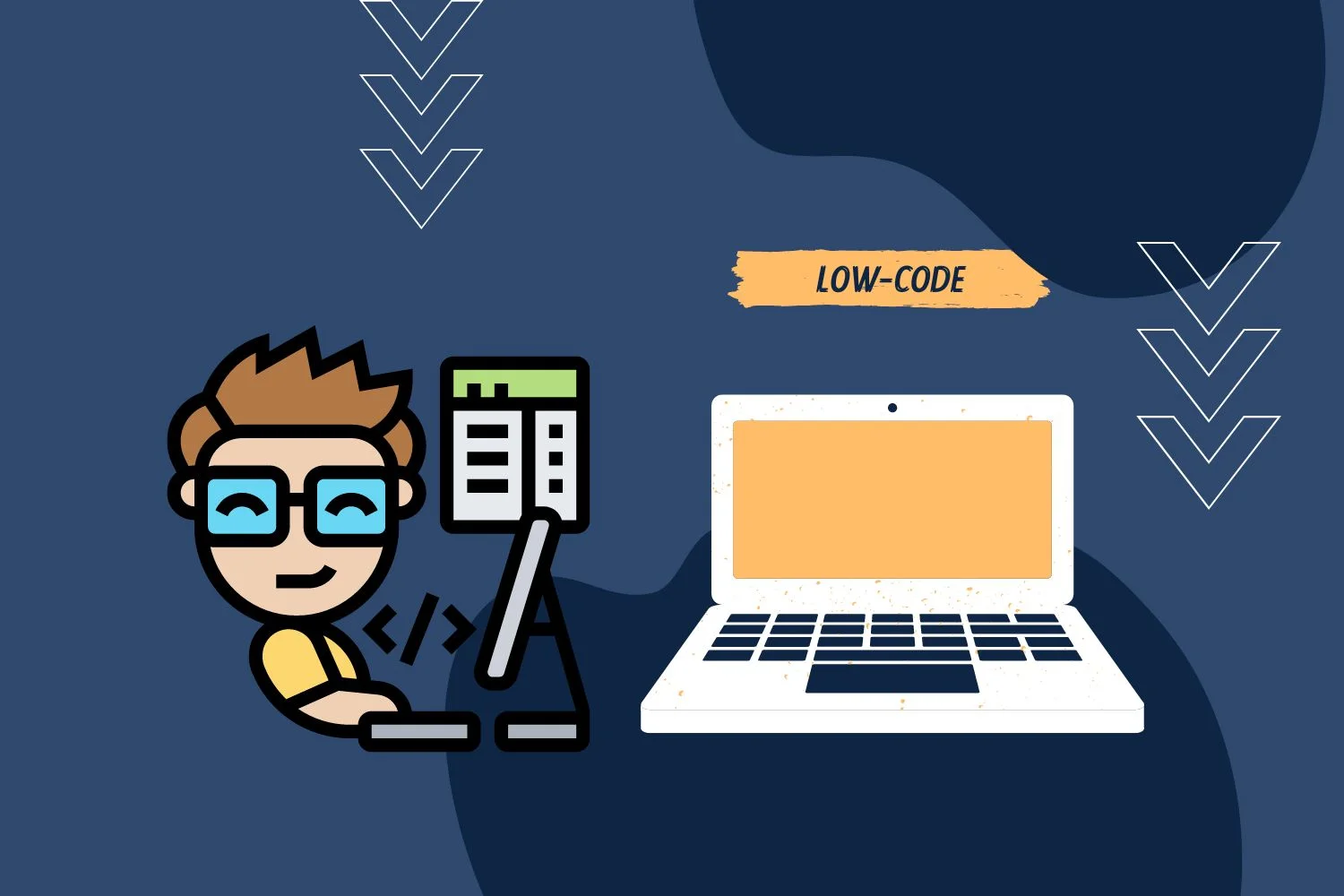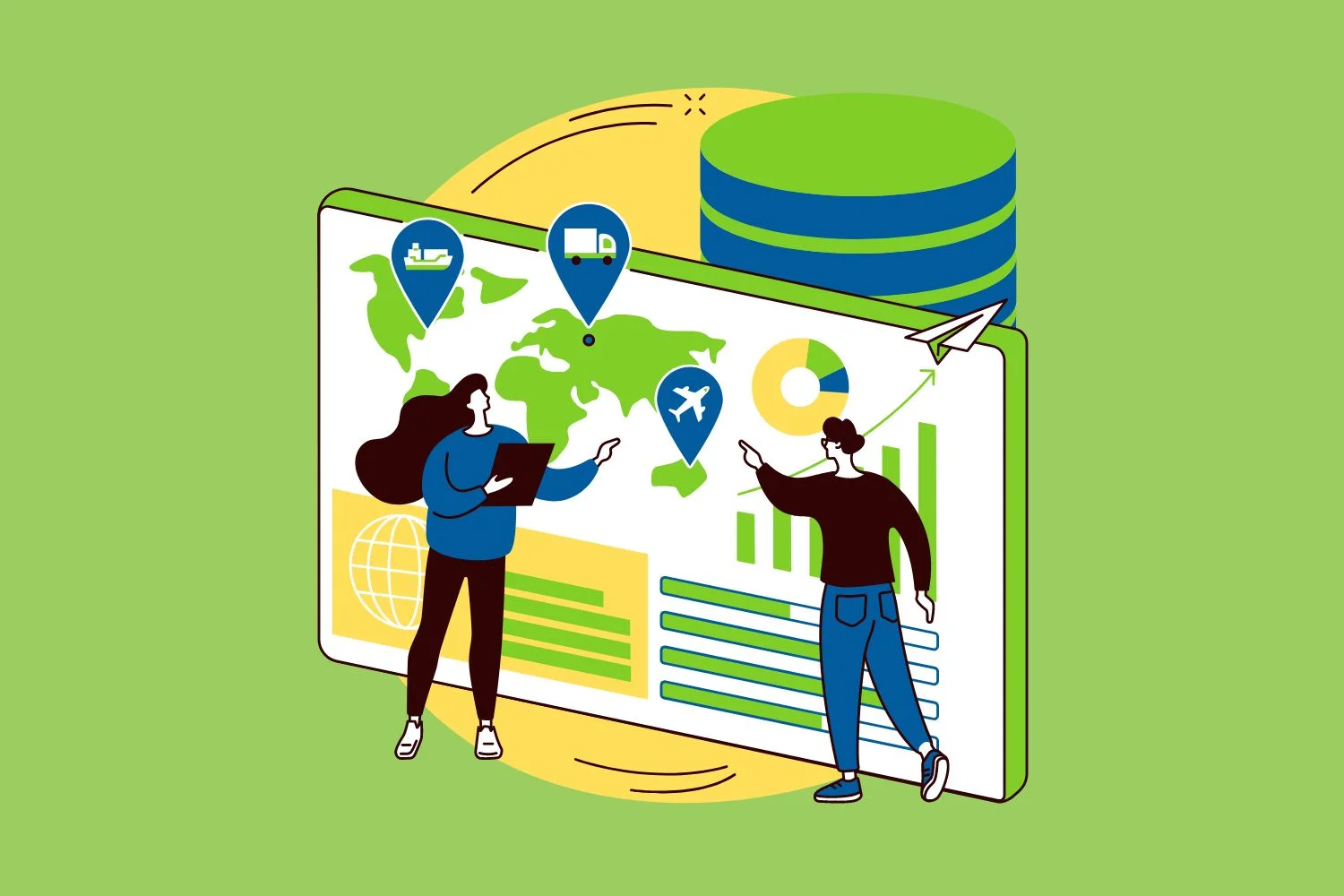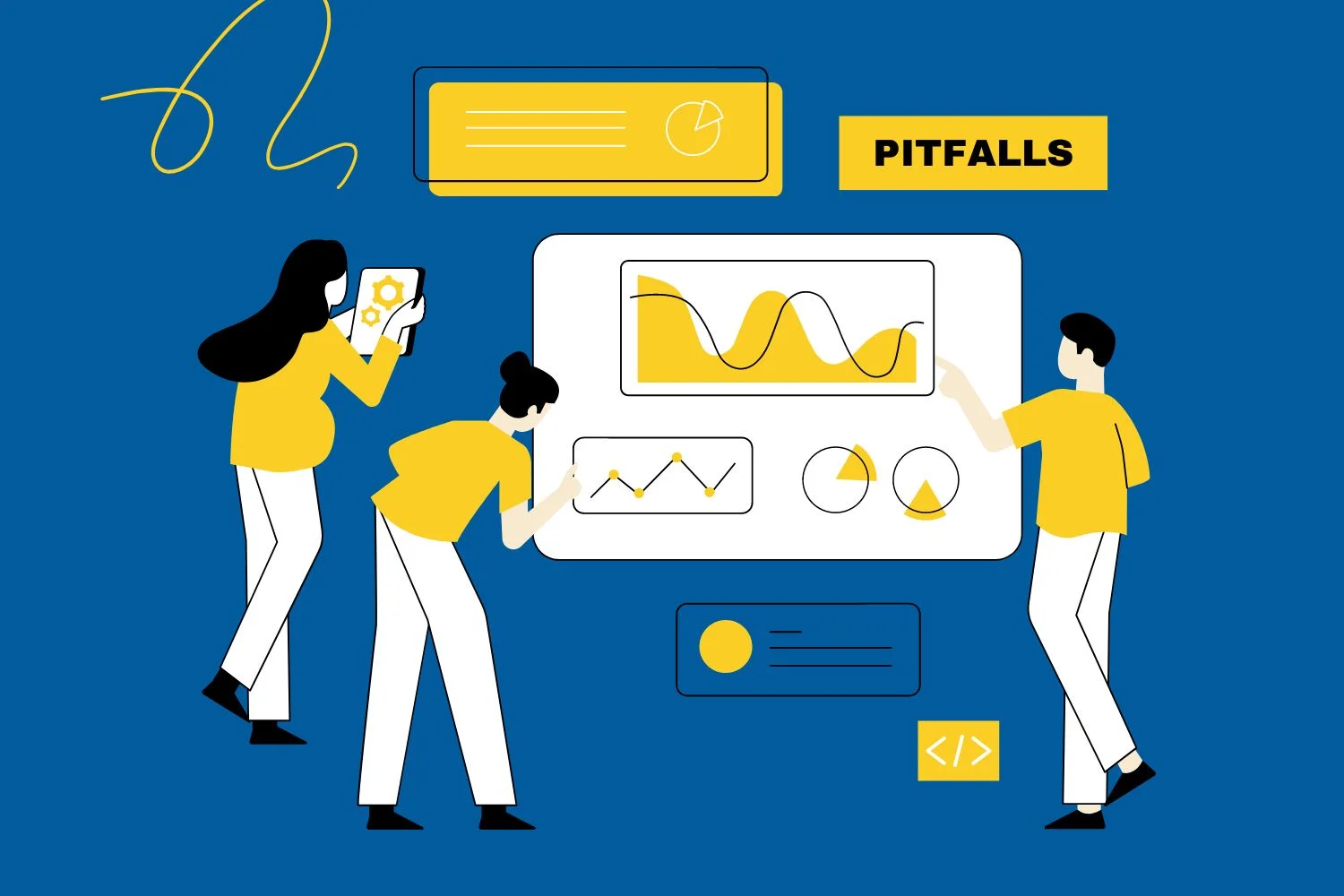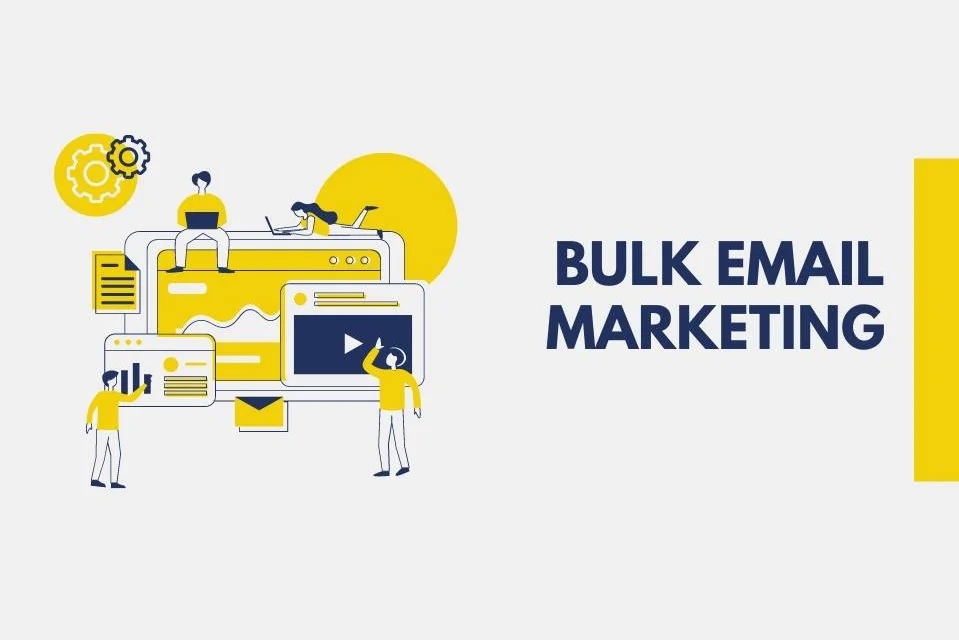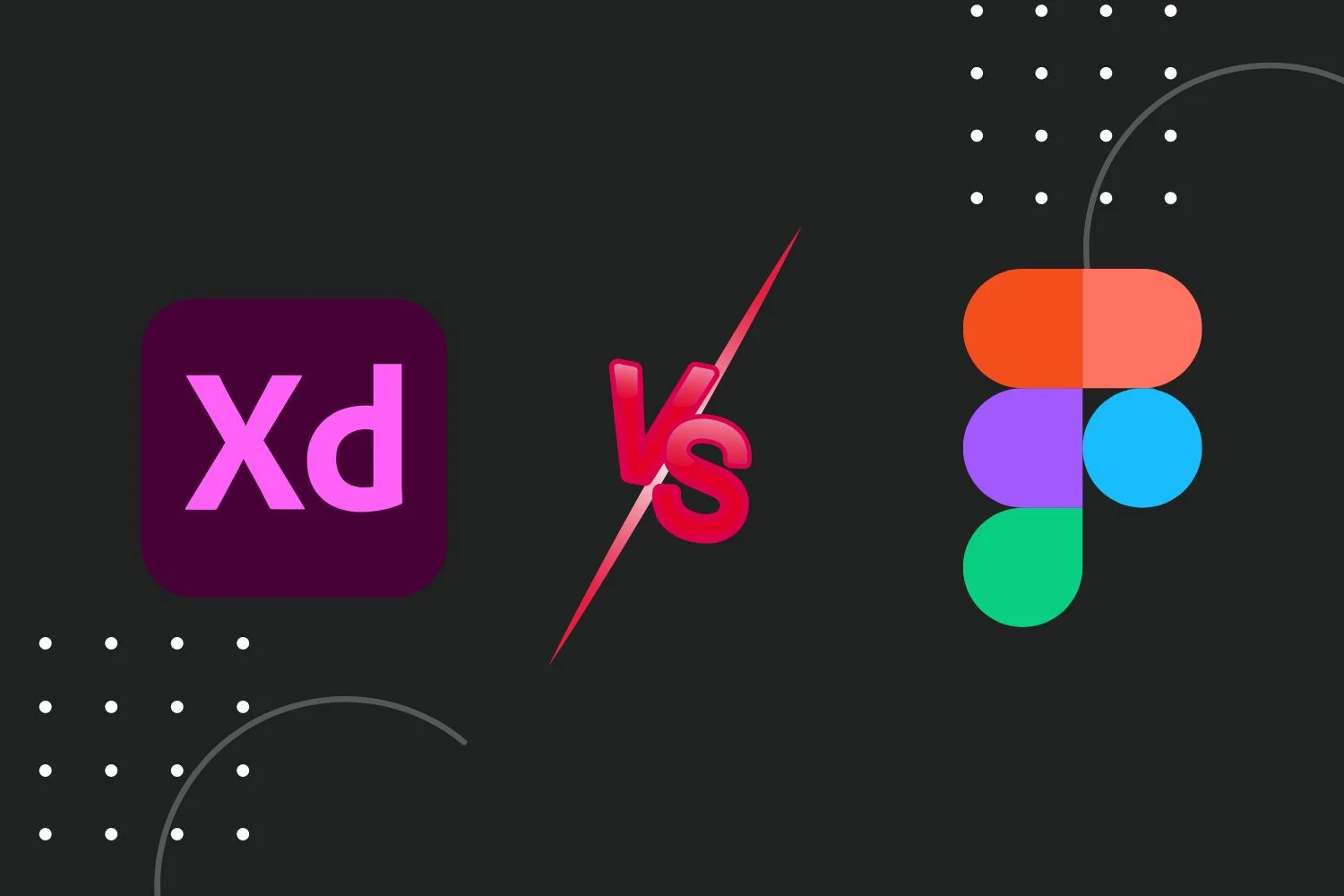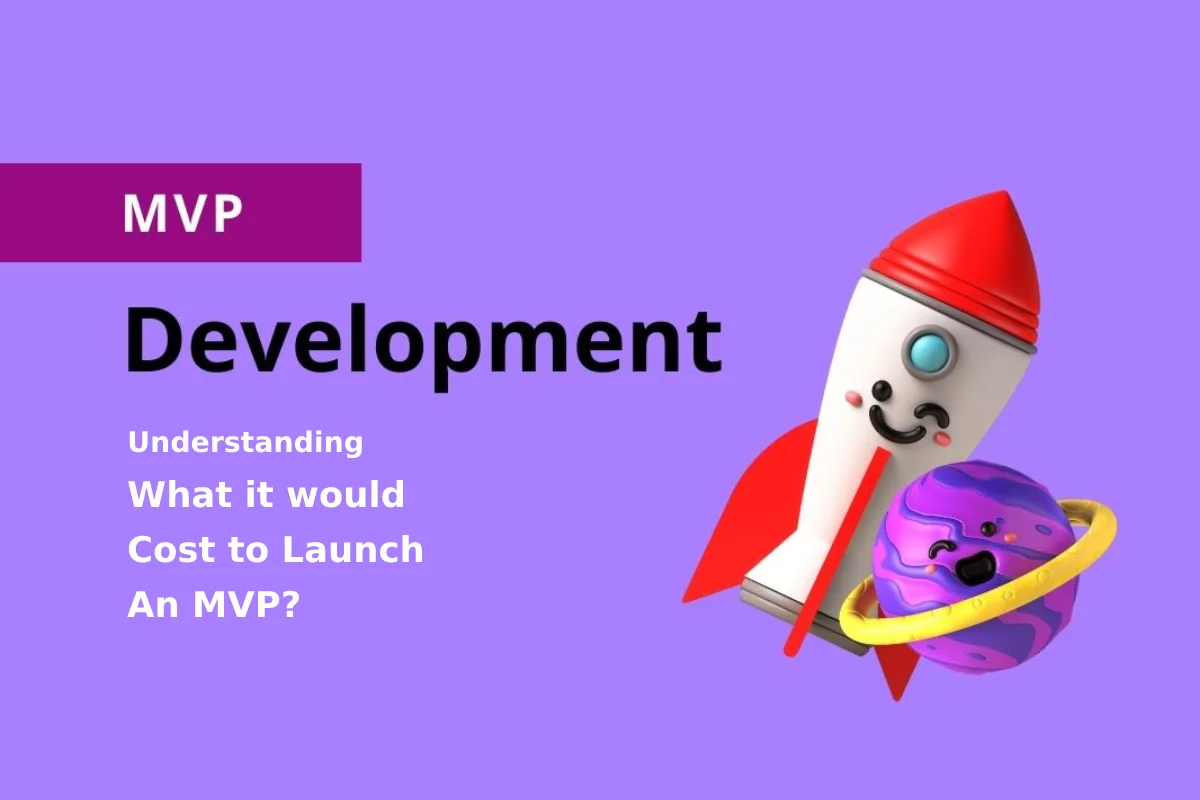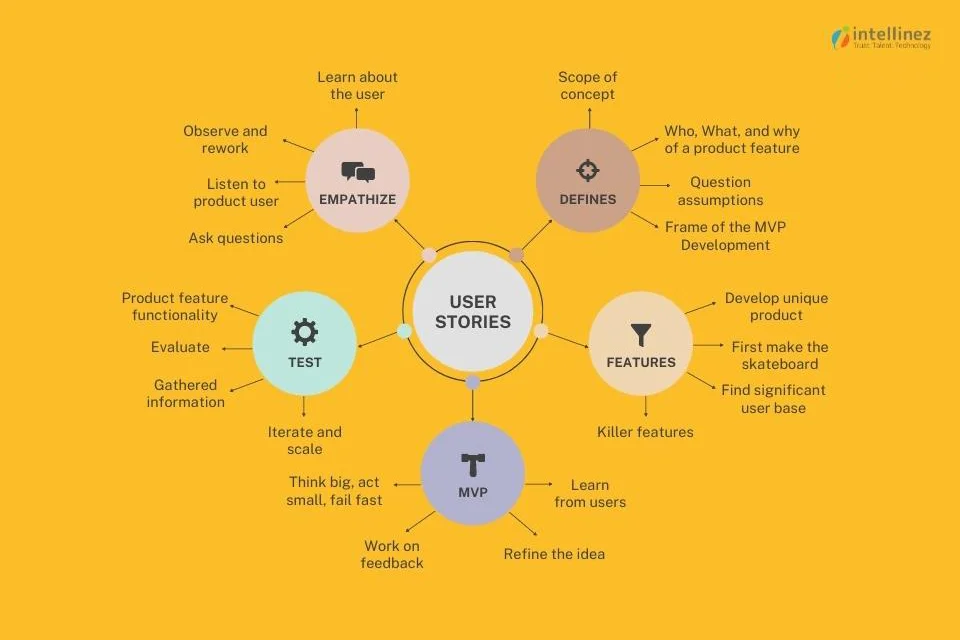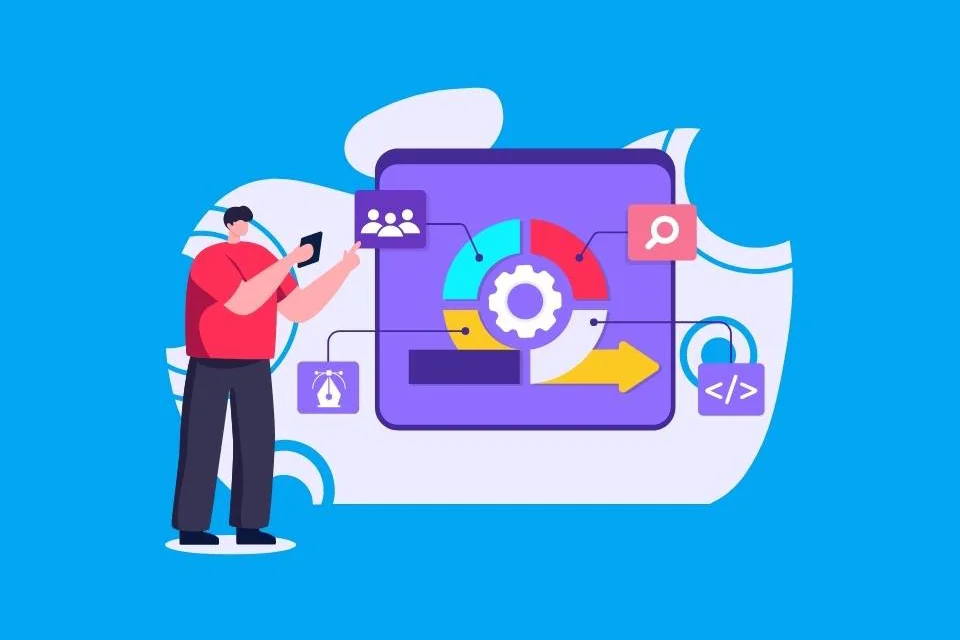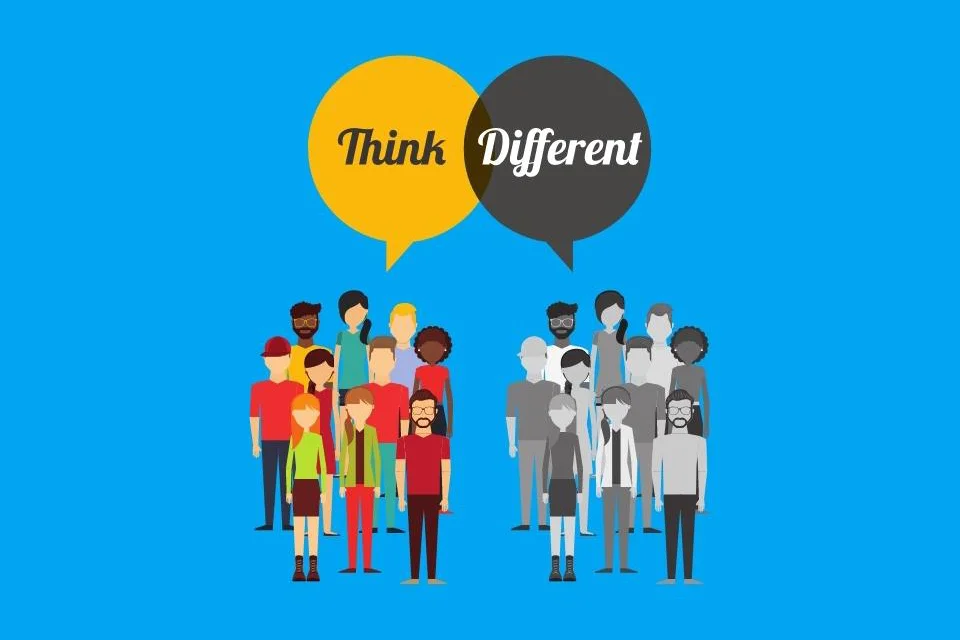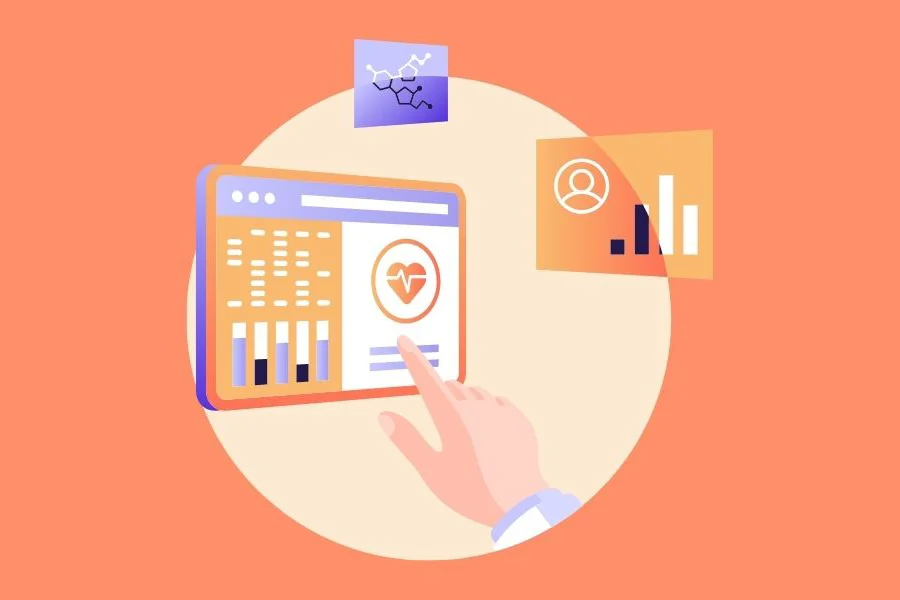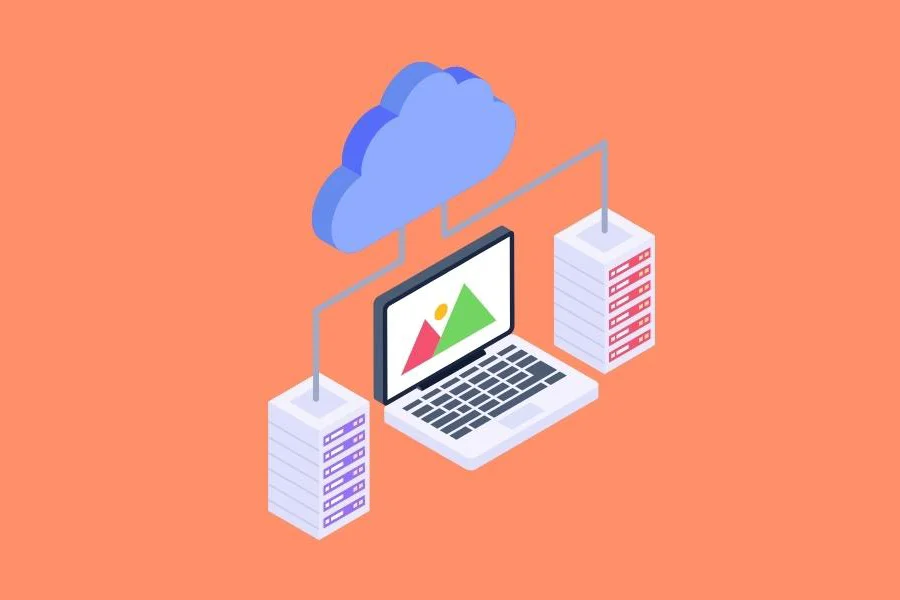Table of Contents
Making wise decisions is one of the most important factors in running a successful business, and ensuring the quality of your decisions can be achieved by basing them on reliable information. For this, businesses require the right data analytics tools and techniques to extract the right information and make decisions.
This blog post will put light on some of the best business data analytics tools and techniques that companies can use to upscale themselves. We will define the term, go over its advantages, discuss why it’s important, and show how data analytics may help with the management of businesses.
A Brief Introduction to Data Analytics
In the corporate world, data analytics refers to the process of gathering, organizing, evaluating, and deciphering enormous amounts of data in order to derive actionable insights, patterns, and trends that can enhance operational effectiveness, direct and inform strategic choices, and promote overall company growth. Utilizing a variety of methods, tools, and approaches, data analytics transforms unprocessed data into knowledge that may be utilized to optimize various business elements and make more educated decisions.
Importance of Data Analytics in Modern Businesses
As technology advances, data analytics tools and techniques has become even more crucial to the operation of businesses and the process of making decisions. The following are some key points that demonstrate the significance of data analytics:

Data-Driven Decisions
Data analytics enables businesses to make educated, data-driven choices. Instead of relying on intuition, gut feeling, or anecdotal evidence, data-driven decision-making gathers insights, identifies patterns, and draws conclusions to guide the decision-making process.
This allows firms to get useful insights into consumer behavior, market trends, and operational efficiency by studying vast amounts of data. It allows them to make strategic decisions for development and success. Data-driven decision-making is generally impartial, unbiased, and unaffected by personal preferences or prejudices.
Competitive Edge
Companies that employ data analytics tools and techniques effectively have various benefits in this digital age. Data analysis can provide previously unknown information about client preferences and behavior. This allows firms to tailor their products and services to specific client demands. Businesses may use the data acquired to analyze a variety of elements, including pricing tactics, marketing and branding efforts, and even consumer comments and reviews. It enables them to adjust and develop their methods as needed, allowing them to outperform their opponents.
Personalization and Customer Experience
Data analytics is critical for understanding individual client preferences and behaviors. Analyzing client data allows businesses to change marketing tactics and improve the consumer experience. This improves client loyalty. Customer segmentation, predictive analysis, sentiment analysis, churn prediction, and feedback loop integration are all techniques that may help deliver more personalized and frictionless services. This leads to greater consumer pleasure, loyalty, and advocacy. Most organizations nowadays adopt a more customer-centric market approach. Thus, data analytics delivers the insights required to stay ahead of the competition.
Operational Efficiency
Data analytics tools and techniques help businesses improve operational and process efficiency. By identifying inefficiencies and bottlenecks, they may improve workflows, save costs, and increase productivity. Businesses may get comprehensive insights into their operations using techniques such as process optimization, resource management, supply chain optimization, predictive maintenance, and real-time monitoring.
This offers exact facts about their processes and areas for development. Embracing data-driven initiatives allows businesses to improve processes, resources, and performance. It also leads to cost savings, increased production, and a competitive advantage in the marketplace.
Predictive Analytics and Forecasting
Data Analytics tools and techniques enable businesses to utilize predictive modeling and forecasting to anticipate future trends and results. This enables proactive planning and risk management, helping businesses to remain ahead of issues and opportunities.
Fraud Detection and Security
Data analytics may assist in uncovering fraudulent activity trends and potential security issues. Processing a large volume of data allows businesses to spot trends, abnormalities, and suspicious actions that may signal fraudulent conduct or security issues.
This acquired data can be used by organizations to detect and prevent fraud, secure sensitive information, and defend against cyberattacks.
Key Data Analytics Techniques

Descriptive Analytics
Descriptive analytics is the practice of studying past data to discover trends, patterns, and insights. It gives a clear picture of what has transpired in the past, allowing companies to better evaluate their performance and make educated decisions. The basic purpose is to synthesize previous data meaningfully to discover patterns that might inform future actions.
Common Methods
- Reporting: Data is systematically collected and presented in organized formats such as tables, charts, and graphs. Monthly financial reports, sales reports, and operational performance reports are all good examples.
- Dashboards: Interactive visualizations, frequently exhibiting key performance indicators (KPIs) and metrics in real time. Dashboards, which include visual components like charts, gauges, and maps, let users immediately comprehend the current health of their businesses. Examples include sales dashboards, marketing dashboards, and executive dashboards.
- Data Summation: Combining data to offer a thorough perspective of key indicators. This may include computing averages, totals, and percentages to present a summary perspective.
- Data Visualization: Using visual tools like charts, graphs, and heatmaps to convey data understandably. Helps uncover patterns, trends, and outliers that may not be visible in raw data.
Tools used:
Tableau, Microsoft Power BI, Google Data Studio, QlikView
Diagnostic Analytics
Diagnostic analytics seeks to uncover the underlying causes of prior results. It goes beyond descriptive analytics by evaluating data to identify the causes of occurrences and behaviors. The fundamental purpose is to find patterns, correlations, and anomalies that explain why something happened, hence offering deeper insights into the data.
Common Methods
- Data Mining: The process of identifying patterns, correlations, and anomalies in massive datasets. Clustering, classification, and association rule learning are among the techniques used. It is useful for detecting underlying correlations and patterns that may explain prior performance.
- Correlation Analysis: Measures the connection between two or more variables to determine how they are connected. Helps to determine whether an increase or decrease in one variable correlates to an increase or decrease in another variable. Pearson correlation, Spearman’s rank correlation, and Kendall’s tau correlation are examples of commonly used approaches.
- Root Cause Analysis (RCA): A strategy for determining the underlying causes of a certain problem or incident. Assists in carefully tracing the cause-and-effect chain to determine the fundamental cause of a problem.
- Drill-Down and Drill-Through Analysis: Drill-down helps users traverse through layers of data to acquire more in-depth insights. Drill-through allows users to view comprehensive reports and data points for a selected summary indicator. Both methods aid in identifying specific details that lead to larger patterns and anomalies.
- Regression Analysis: A statistical approach for evaluating associations between variables. Linear regression, multivariate regression, and logistic regression are three techniques. Useful for determining and measuring the effect of one or more independent factors on a dependent variable.
- Hypothesis Testing: A statistical strategy for determining the validity of a dataset-related hypothesis or assumption. Common tests include t-tests, chi-square tests, and ANOVA. It helps to determine if observed connections and differences are statistically significant.
Tools Used:
RapidMiner, SAS, IBM SPSS, KNIME, Microsoft Excel with Add-ins
Predictive Analytics
Predictive analytics uses historical data, statistical algorithms, and machine learning approaches to determine the likelihood of future events. The goal is to predict trends, behavior patterns, and occurrences based on historical data. Organizations may use predictive analytics to make proactive choices, enhance operations, and improve strategic planning.
Common Methods
- Regression Analysis: A statistical approach for determining the connection between a dependent and one or more independent variables. There are three types: linear regression, logistic regression, and polynomial regression. It helps anticipate both continuous outcomes (e.g., sales predictions) and categorical outcomes (e.g., customer turnover).
- Time-Series Analysis: Analyzes time-ordered data points to detect trends, seasonal patterns, and cycles. ARIMA (Autoregressive Integrated Moving Average), exponential smoothing, and seasonal decomposition are among the techniques used. It is effective for forecasting stock prices, demand planning, and resource allocation.
- Machine Learning: Uses algorithms that learn from data to generate predictions or judgments without explicit programming. Common approaches include decision trees, random forests, support vector machines, and neural networks. It is applied in various disciplines, including fraud detection, recommendation systems, and predictive maintenance.
- Classification: A machine learning approach that predicts category labels based on input characteristics. Logistic regression, k-nearest neighbors (KNN), and Naive Bayes classifiers are among the techniques employed. It is effective for forecasting outcomes such as spam identification, credit risk assessment, and customer segmentation.
- Clustering: A strategy for classifying related data points into clusters based on certain features. The algorithms include k-means, hierarchical clustering, and DBSCAN. It helps with market segmentation, consumer profiling, and anomaly identification.
- Natural Language Processing (NLP): A subfield of artificial intelligence that studies the interplay of computers and human language. Sentiment analysis, topic modeling, and named entity recognition are among the techniques used. It is applied to text analytics, consumer feedback analysis, and automated support systems.
Tools Used:
IBM SPSS, Azure Machine Learning, RapidMiner, Python with Libraries (e.g., Scikit-Learn, TensorFlow, Keras), R with packages (e.g., caret, randomForest, xgboost):
Prescriptive Analytics
Prescriptive analytics is the use of data analytics to suggest activities that can influence desired results. It goes beyond forecasting future occurrences by recommending actions that can profit from the forecasts and outlining the consequences of each decision option. The goal is to give actionable insights and improve decision-making processes by integrating predictive models with optimization and simulation approaches.
Common Methods
- Optimization: Finding the optimal answer from a range of viable options depending on criteria. Linear programming, integer programming, and nonlinear programming are three techniques. It is used for resource allocation, scheduling, supply chain management, and portfolio optimization.
- Simulation: The process of developing a model to simulate the behavior of a system or process over time. Monte Carlo simulation, discrete event simulation, and agent-based modeling are some of the techniques used. It is useful for evaluating the effects of various actions and situations in risk management, logistics, and process optimization.
- Decision Analysis: Involves analyzing and comparing several decision-making possibilities in the face of ambiguity. Decision trees, utility theory, and multi-criteria decision analysis are some of the techniques used. It is used in strategic planning, policy analysis, and complicated decision-making scenarios.
- Heuristics and Meta-Heuristics: Problem-solving techniques that employ practical approaches and shortcuts to provide solutions rapidly. Genetic algorithms, simulated annealing, and ant colony optimization are among the techniques used. It is suitable for addressing complicated optimization issues that are difficult to resolve precisely.
- Constraint Programming: An approach to addressing combinatorial problems by describing the limitations that must be met. Used for scheduling, resource allocation, and configuration issues. It allows for the processing of complicated connections and dependent variables.
- Stochastic Optimization: Optimization approaches that consider data uncertainty and unpredictability. Stochastic programming, resilient optimization, and Markov decision processes are some of the techniques used. It is useful for making uncertain decisions in finance, supply chain management, and energy planning.
Tools Used
MATLAB, Gurobi, IBM ILOG CPLEX, Simulink, AnyLogic, Microsoft Excel with Solver Add-in
Essential Data Analytics Tools for Businesses

Big Data Analytics Tools
Big data analytics tools and techniques are intended to manage, process, and analyze massive volumes of data that traditional data management tools cannot handle effectively. These technologies are critical for extracting useful insights from massive datasets and allowing firms to make data-driven choices. The following are some of the most common tools used in big data analytics:
1) Apache Hadoop: Hadoop is an open-source platform for handling massive datasets in a distributed computing environment.
Features:
- Hadoop Distributed File System (HDFS) is a distributed file system that allows for high-speed data access.
- MapReduce is a programming methodology for processing and producing enormous datasets by breaking them down into smaller pieces that are then handled in parallel.
- YARN (Yet Another Resource Negotiator) manages resources and organizes tasks across the cluster.
- Hadoop Common is a set of utilities that support the other Hadoop modules.
Use cases: Data warehousing, log analysis, ETL procedures, and large-scale data processing.
2) Apache Spark: It is a fast in-memory data processing engine with a powerful API for large-scale computation.
Features:
- Using in-memory computing, data may be processed up to 100 times quicker than Hadoop MapReduce.
- Supports various languages, including Python, Java, Scala, and R.
- Includes built-in libraries for SQL (Spark SQL), machine learning (MLlib), graph processing (GraphX), and stream processing.
- Able to handle petabytes of data over a big cluster.
Use cases: Real-time analytics, machine learning, data integration, and large-scale data processing.
3) Cloudera: It offers a business data cloud platform based on open-source technologies, including Hadoop and Spark.
Features:
- Data management provides a complete framework for managing, processing, and analyzing data in hybrid and multi-cloud systems.
- It offers strong security features such as encryption, authentication, and data governance tools.
- Data engineering enables large-scale data processing using technologies such as Apache Hive, Impala, and HBase.
- Provides integrated tools for model training and deployment, facilitating data science workflows.
Use cases: Enterprise data warehousing, data lake management, and advanced analytics.
4) Apache Kafka: It is a distributed streaming platform used to create real-time data pipelines and applications.
Features:
- Capable of processing millions of events per second.
- Easily scales horizontally to handle enormous volumes of data.
- Ensures data integrity by duplicating information across several servers.
- Integrates seamlessly with big data technologies such as Spark, Flink, and Hadoop.
Use cases: Real-time analytics, log aggregation, stream processing, and event sourcing.
Data Visualization Tools
Data visualization technologies are critical for firms that want to turn raw data into visually appealing and understandable representations. These technologies assist in gaining insights, spotting patterns, and making data-driven decisions. Here are some of the most common and successful data visualization tools used in businesses:
1) Tableau: It is a versatile data visualization application that allows users to create interactive and shared dashboards.
Features:
- Use the drag-and-drop interface to create various visualizations.
- Connects to many data sources, such as databases, cloud services, and spreadsheets.
- Provides comprehensive customization possibilities for charts, graphs, and maps.
- Offers real-time data analytics and collaboration capabilities.
Use cases: Business intelligence, sales analytics, financial reporting, and marketing analysis.
2) Microsoft Power BI: It is a corporate analytics service that offers interactive visualizations and intelligence tools.
Features:
- It includes seamless connectivity with other Microsoft products, such as Excel and Azure.
- The UI is user-friendly, featuring drag-and-drop features.
- Effective data modeling and transformation tools.
- Dashboards that update in real-time, as well as several opportunities for sharing and collaboration.
Use Cases: Operational dashboards, KPI tracking, data-driven decision-making, and corporate reporting.
3) D3.js (Data-Driven Documents): It is a JavaScript package that creates interactive data visualizations for the web.
Features:
- Highly adaptable and versatile, enabling sophisticated visualizations.
- Supports a variety of charts and visual displays.
- Integrates seamlessly with web standards such as HTML, SVG, and CSS.
- For optimal results, knowledge of JavaScript and web programming is required.
Use Cases: Customized data visualizations, interactive online apps, and enhanced data storytelling.
4) Sisense: It is a business intelligence tool that lets users create interactive dashboards and visualizations.
Features:
- It includes in-chip technology for faster data processing and analysis.
- A drag-and-drop interface allows for simple visualization building.
- Extensive data integration capabilities, including cloud and on-premises data sources.
- Embedding features enable the integration of visualizations into other programs.
Use Cases: Business intelligence, operational analytics, and embedded analytics.
5) Google Data Studio: It is a free web-based application for creating interactive dashboards and reports.
Features:
- It includes integration with Google services such as Analytics, Ads, and Sheets, and other data sources.
- The UI is user-friendly, featuring drag-and-drop functionality.
- Templates and data visualizations are both customizable.
- Real-time data updates and collaboration capabilities.
Use Cases: marketing performance monitoring, web analytics reporting, and digital campaign analysis.
6) QlikView & Qlik Sense: Qlik has two primary products: QlikView and Qlik Sense, which are both built for data visualization and business intelligence.
Features:
- QlikView provides guided analytics and dashboards with extensive interactivity and robust analytical capabilities.
- Qlik Sense is a self-service data visualization tool that features an easy interface and drag-and-drop capability.
- Associative data models enable consumers to freely explore data and discover hidden insights.
- Strong data integration and transformation capabilities.
Use Cases: Data discovery, business intelligence, self-service analytics, and corporate reporting.
Data Management and Warehousing
Modern corporate operations rely heavily on effective data storage and management. As businesses create massive volumes of data, the capacity to store, manage, and retrieve it efficiently becomes increasingly important. Here are some important tools for data management and warehousing:
1) Snowflake: Snowflake is a cloud-based data warehousing platform that provides a fully managed service for storing and analyzing data.
Features:
- Automatically scales compute and storage resources based on demand.
- Enables secure and seamless data sharing across organizations.
- High-performance querying and data processing with near-zero maintenance.
- Supports integration with various data sources, BI tools, and data lakes.
Use Cases: Data warehousing, data lake management, real-time analytics, and data sharing across multiple teams or organizations.
2) Amazon Redshift: Amazon Redshift is a fully managed data warehouse service that allows you to run complex queries on large datasets.
Features:
- Scales from a few hundred gigabytes to a petabyte (1k terabytes) or more, making it suitable for large-scale data warehousing needs.
- Optimized for high performance with features like columnar storage and data compression.
- Offers on-demand pricing, with options for reserved instances for lower costs.
- Integrates with other AWS services like S3, EMR, and Athena, and supports various BI tools.
Use Cases: Large-scale data warehousing, business intelligence, data transformation, and analytics.
3) Google BigQuery: BigQuery is a serverless, highly scalable, and cost-effective multi-cloud data warehouse designed for business agility.
Features:
- It processes large datasets in seconds using Google’s powerful infrastructure.
- No need to manage infrastructure, as BigQuery automatically handles resource provisioning.
- Supports real-time data analysis and streaming data ingestion.
- Seamlessly integrates with other Google Cloud services and external data sources.
Use Cases: Business intelligence, real-time analytics, data warehousing, and machine learning.
4) Microsoft Azure Synapse Analytics: Azure Synapse Analytics is an integrated analytics service that brings together big data and data warehousing.
Features:
- Combines data warehousing, big data, and data integration in a single service.
- Provides scalable computing and storage resources, with options for both on-demand and provisioned capacities.
- Integrated with machine learning and AI tools for predictive and advanced analytics.
- It offers robust security features, including data encryption, role-based access control, and threat detection.
Use Cases: Enterprise data warehousing, big data analytics, machine learning, and data integration.
Choosing the Right Data Analytics Tools and Techniques for Your Business
Selecting the right data analytics and management tools and techniques for your business is a critical decision that can significantly impact your organization’s efficiency, scalability, and overall success. Here are the key factors to consider when making this choice:
- Understanding Your Business Needs and Objectives: The data analytics tools and techniques you select should align with your specific business goals, whether you aim to enhance decision-making, improve customer experience, or optimize operational efficiency. It’s crucial to identify the exact tasks you need the tool to perform, such as data warehousing, real-time analytics, or machine learning, and choose tools that can meet those requirements.
- Budget and Cost Considerations: It’s essential to evaluate both the initial costs, such as licensing fees and implementation expenses, and ongoing costs like maintenance, support, and subscription fees. Analyzing the cost-effectiveness of the tools is crucial, especially when considering cloud-based options that offer scalable pricing models where you only pay for the resources you use.
- Scalability: It is another critical factor, particularly as your data needs grow over time. The tools you choose should not only handle your current data volume but also scale seamlessly to accommodate future growth without compromising performance. This is particularly important in dynamic business environments where data complexity and the number of users are likely to increase.
- Ease of Use and User Experience: Tools with intuitive, user-friendly interfaces are more likely to be adopted quickly by your team, reducing the learning curve and minimizing the need for extensive training. Additionally, tools that offer customization options allow you to tailor the user experience to meet your specific business needs.
- Integration Capabilities: It is essential to ensure that the new tools fit smoothly into your existing IT infrastructure. It’s important to select tools that integrate well with your current databases, software applications, and cloud services. Tools with robust APIs and connectors facilitate this integration, ensuring seamless data flow and reducing the risk of disruptions.
- Performance and Reliability: The tools should be capable of handling large datasets efficiently, providing fast processing speeds and reliable performance even during peak usage. Moreover, the reliability of the tool in terms of uptime and support services should be carefully considered, as downtime can significantly impact business operations.
- Security and Compliance: The tools must offer strong security features, including encryption and access controls, to protect your data. Additionally, they should comply with relevant industry regulations, such as GDPR or HIPAA, to ensure that their data management practices meet legal requirements.
- Flexibility and Customization: Some tools offer modular features, allowing you to start small and add functionalities as needed. It’s also beneficial to choose tools that offer deployment options suited to your operational preferences, whether that be cloud-based, on-premises, or hybrid models.
Choosing the right data analytics and management tools involves carefully balancing your business needs, budget, scalability, ease of use, and integration capabilities. By thoroughly assessing these factors, you can select tools that not only meet your current requirements but also provide a strong foundation for future growth and data-driven success.
Conclusion
The future of business lies in the power of data analytics tools and techniques. As we move deeper into the digital age, the ability to harness vast amounts of data and translate it into actionable insights is no longer just an advantage—it’s a necessity. Businesses that invest in the right tools and techniques will not only streamline their operations and make smarter decisions, but they will also position themselves at the forefront of innovation.
By embracing data analytics, companies can navigate the complexities of the modern marketplace, anticipate future trends, and ultimately drive sustainable growth. The journey towards a data-driven future is not without challenges, but with the right tools and techniques, businesses can unlock new opportunities and pave the way for long-term success. Now is the time to step into this future, equipped with the knowledge and tools to turn data into your most asset.
Ready to Elevate Your Business with Cutting-Edge Data Analytics?
Contact Intellinez Systems today to discover how our solutions can drive your business forward. Let’s unlock your potential together.
-
What are the key benefits of using data analytics tools and techniques in business?
Data analytics tools help businesses make data-driven decisions, improve operational efficiency, gain a competitive edge, and enhance customer experience through personalized services
-
How do businesses choose the right data analytics tools for their needs?
Businesses should consider factors such as their specific objectives, budget, scalability, ease of use, integration capabilities, performance, security, and compliance when selecting data analytics tools.
-
What are some essential data analytics techniques that modern businesses use?
Key techniques include descriptive analytics, diagnostic analytics, predictive analytics, and prescriptive analytics, each serving different purposes such as understanding past trends, uncovering causes, predicting future outcomes, and optimizing decision-making.
-
Which tools are commonly used for big data analytics and visualization?
Popular big data analytics tools include Apache Hadoop, Apache Spark, Cloudera, and Apache Kafka, while common visualization tools are Tableau, Microsoft Power BI, D3.js, Sisense, and Looker Studio.
-
Why is data analytics becoming increasingly important in modern businesses?
As technology advances, data analytics is crucial for making informed decisions, optimizing operations, predicting trends, and maintaining a competitive advantage in a data-driven business environment.



























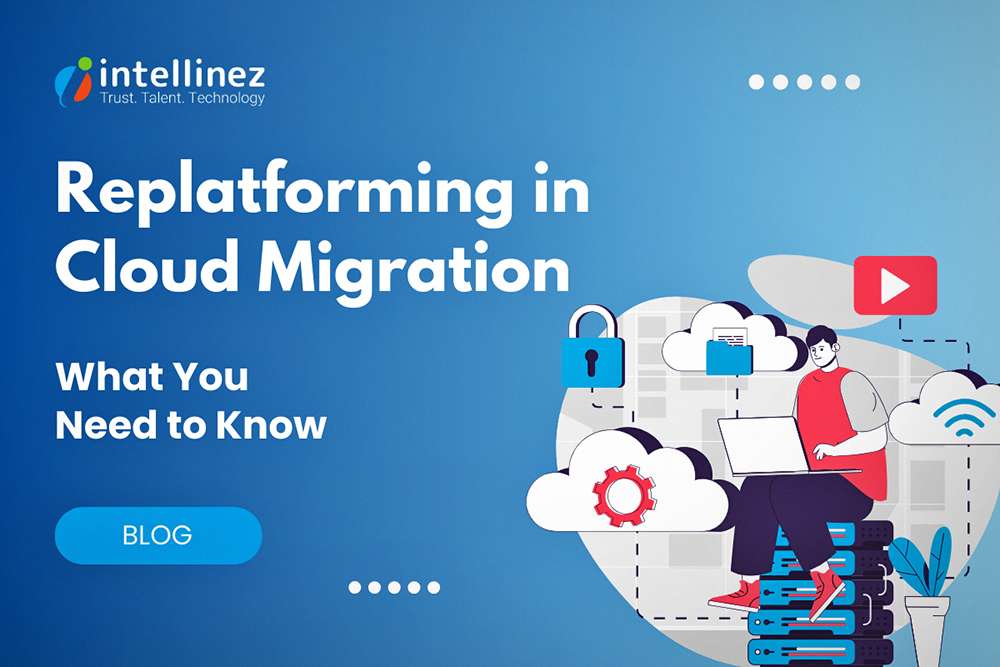





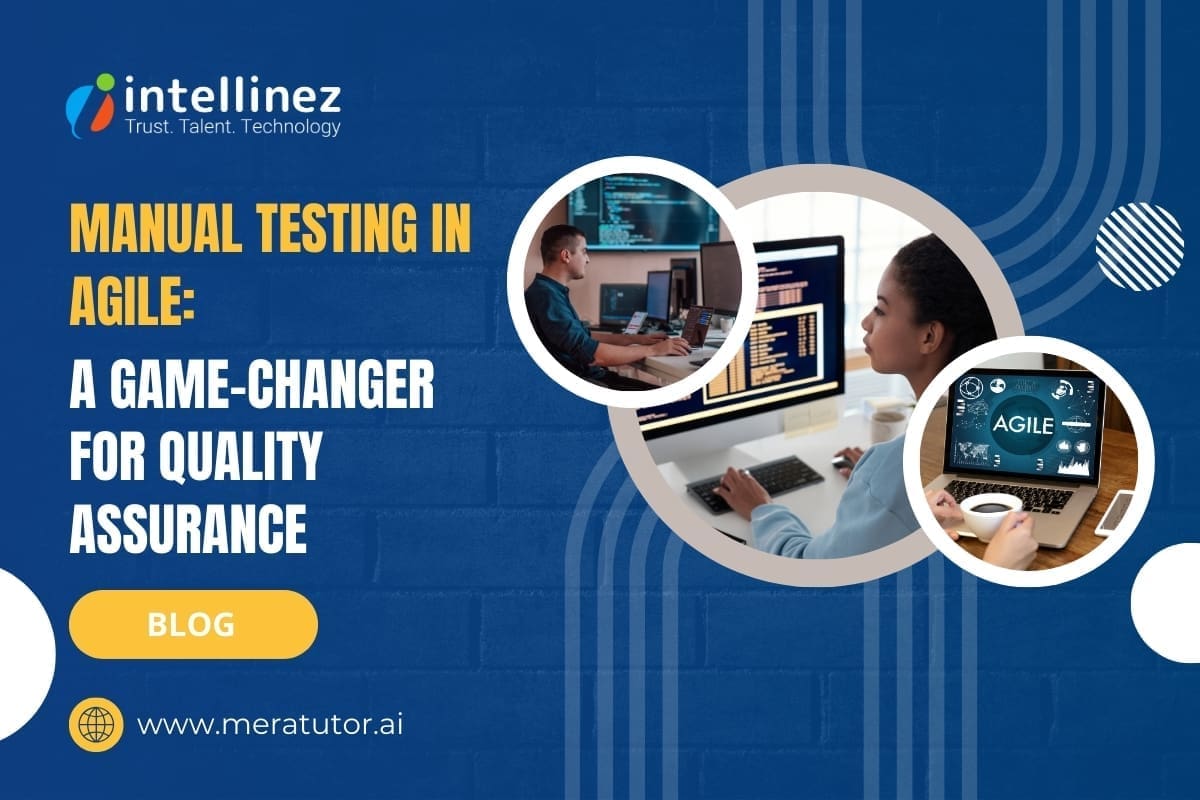



![A Comprehensive Guide to AWS SaaS Architecture [Diagram Included] 84 Aws SaaS Architecture](http://www.intellinez.com/wp-content/uploads/2024/08/Title-image.jpg)

